Why do I walk?
This is the common question I receive the first time someone hears that I had spent five hours on a Saturday walking. It is a simple question, however I struggle to articulate a concise answer. I hesitate to unpack it for people and share the intersections of meaning that form my walks. Often around the coffee machine I do not elaborate beyond – "I wanted to get out into the city for some exercise and space to think.” This current pause in the context of COVID and the past months spent walking my everyday provides space to unpack the question and continue to work through aspects of critical theory and spatial practice.
This three part series covers the distinct aspects of my walking practice which give me strength. The first is a walking practice that informs the connection between my mind and body. (Part I) The second is to establish spaces for engagement and spaces for social equity and justice. (Part II) Finally, it is a method to ground spatial theory through everyday practice and how am situated in this world.
Part III
Everyday - theory on the ground
Why I walk.
The farther I walk the more it shapes my existence and design approach. Walking is my life path. This can come off as a large claim. My life path – really? On the other hand, it is a humble and measured claim that states my desire and dream to engage in a life and design process that firmly rest within my everyday. A joy embodied within the present and which emerges from critical mundane acts to make my path forward. It is how I am situated.
Situated Knowledge
Walking is the world I know and how I place my body and mind within environments to make me who I am. Another potentially large and obvious claim. Is this so obvious? Many struggle to connect how we situate ourselves within our everyday environment to larger critical and dynamic systems. The current pandemic, the struggle for social and racial justice ,and the climate crises all require us to make this connection. To just continue to question larger structures and systems without questioning how I am also situated is an untenable position. A position that often leads to abstraction, erasure, and displacement. By critically situating myself within space and design I seek to make meaningful intersections, connection, and support. So everyday I ask – How do I situate myself to produce the intersections and connections to form my existence and knowledge, and joy?
My walking practice is an important formulation of this question. Walking is one process engaged to situate myself and gain agency within a lived experience that resides in a mutually supported world.
I walk to know the world that exists in the blocks around my apartment. By walking as a means of transportation I choose to see and be with the people I live among. I choose to not be transported friction-less and in isolation to various destinations. I walk. I see my neighbors lining up for shelter and food at the resource center down the alley. I share with my neighbors as their family grows and as they celebrate success or morn loss. Walking works to resist forces advocating for a friction-less, abstract, and featureless experience. Yes, portions of my world are digitally and virtually linked through data flows. However, walking foregrounds a life flow that is defined by my step and is situated with others in the city. It acts to consistently ground my mind and place my body, creativity, and energy within a meaning rich place.
This ground is supported by the theories of Michel de Certeau (The Practice of Everyday Life) and Donna Haraway (Situated Knowledge). Haraway inspires me to continually question how I situate myself. She articulates the importance of a situated knowledge which “allows us to become answerable for what we learn how to see.” (Haraway) My walking practice is one approach in which I have learned how to see. She clearly articulates that to be situated and to see is more than a neutral and open gaze but requires accountability. With every step, I strive to learn how to see and to be answerable to myself and others.
“Like ‘poems,' which are sites of literary production where language too is an actor independent of intentions and authors, bodies as objects of knowledge are material-semiotic generative nodes. Their boundaries materialize in social interaction. Boundaries are drawn by mapping practices; "objects" do not preexist as such. Objects are boundary projects. But boundaries shift from within; boundaries are very tricky. What boundaries provisionally contain remains generative, productive of meanings and bodies. Siting (sighting) boundaries is a risky practice.”
(Donna Haraway)
Situated knowledge is an acknowledgement that knowledge comes from positional perspectives and leads to a critical series of questions for me. I must question my position because it inherently informs what is possible to know about a space or life path. By siting my body, knowledge, and agency I provisionally generate boundaries. I bring boundaries which previously did not exist into generative existence. An existence I am answerable to and situates me and others to learn. It informs what is possible to create and change.
From what position do I arrive into a space? | What positions are the surrounding spaces asking me to conform too? | What positions are others asking me to inhabit? | What questions am I asking of others with how I am situate myself? | Who did I just displace? | How is the space I inhabit open to and supportive of others? | What boundaries just materialized because of my situation? | How am I bound?
To be clear these are not neutral or abstract questions. Haraway continues – “but we do need an earth-wide network of connections, including the ability partially to translate knowledges among very different - and power-differentiated - communities. We need the power of modern critical theories of how meanings and bodies get made, not in order to deny meanings and bodies, but in order to build meanings and bodies that have a chance for life.” (Haraway) As I walk, meanings and bodies are produced. I cannot deny these meanings and the effect I have on others. Do I position my knowledge to differentiate in order to gain power or have I learned to see my act to situate my body and knowledge as a ‘chance for life?’
This situated knowledge is not exclusive to me as a body and person but also as a designer. An often overlooked initial step in design is the process through which we become situated as a designer or design team. There are two characteristics to how this initial step is overlooked. The first is to default to previous steps by superficially considering them in passing as rote process. The second is to not acknowledge the fact that even if you do not ask the questions – you are answering them. This is what I take Haraway to mean when she calls for us to be answerable to our existence. My existence as a designer and a person must be one where I critically answer the questions that my situation pose. A conscious overlooking or a detached subconscious answering both generate an untenable existence. As I begin, I ask…
How do I approach this design space? | How am I present and presenting myself entering the space? | Who am I including and excluding into the design process? | Am I providing an open and accessible space for others to join the team at the design table? | How do I access and experience the site? | How do we intend to translate various knowledge among very different - and power-differentiated - communities? | What does being accountable to myself and to others look and feel like? | What do I need to learn in order to see here?
For me design begins as the act to critically situate myself and others. A creation of a ‘now here’ (part II) from which we can engage in an open and robust collaboration from identified and situated knowledge. In Isis Brooks terminology outlined in Goethean Science as a Way to Read Landscape – a ‘Step 0.’ In order to begin we have to actively work to make a way for us to begin. How we begin informs the process of design and any potential outcomes. A design approach that includes a critical situating of knowledge as a designer within a design process, within a site, and in collaboration with others is a line of inquiry that extends beyond me as an individual design leader. It encourages a larger critical questioning for any design team and design process to ask – How do we Situate Design? We have the ground to ask…
With whom does design agency reside? | In what languages will the design communicate? Spatial, cultural, visual, and verbal? | Who is the space and design accountable too? | What is the time frame of the design? | Who will design serve? | Who has the right to design? | How can each design step produce the knowledge and agency needed to take the next design step? | How is design a verb?
This essay has wonderfully morphed into straight up critical questioning. An open ended series of questioning fitting for any horizontal pedagogy aimed to open up a site for learning. A beautiful shift. Any critical design process or walk at the root is just this– an opening to ask a series of spatial and social questions. No claim toward an answer. Only a claim to be situated in order to be able to begin to question. A design or walk without a claim to predestined solution seeking allows a space for design to become answerable to what we learn how to see.
A focus on situated knowledge is also is a valid way for me to get theory down to the ground and answerable. It is a direct way for me to short circuit binaries common within theoretical arguments. Theory, particularly modernist spatial theory, has worked to establish abstract frameworks for analysis and released design from considering the everyday as a critical source of knowledge. One of the clearest looks into the urban dynamics and outcomes when the design of space is de-linked from the situated knowledge of experience is James Holston anthropological critique of Brasilia in The Modernist City. The passage below illustrates both how he situates himself, his research project, and articulates how a project is conceived to be answerable to the situated knowledge on the ground.
An adequate conception of what drives Brasilia’s development from modernist principles has to include the ways in which the main players interpret these contexts. One important way to do this is to consider that the project generated discourses, statements, texts, plans, models, drawings, and the like, which defined the intentions of this involved. These intentions are fundamental to our study because they make possible and legitimate the tactical interventions that people use to give Brasilia’s development its particular configuration of forms and forces. Architecture is itself a domain of intentions – for changing society, re-patterning daily life, displaying status, regulating real estate, and so forth – which engages other intentions, all of which have consequence in the world. Intentionality constitutes a part of social action that can be neglected only at the cost of having a reductive and deterministic view of historical development. In this case study, I shall focus on intentions as they are manifested in the production of texts of various kinds, and I shall always link these to specific people or groups, their social practices, and their historical circumstances.
(James Holston)
Holston accounts for the full spectrum of knowledge production from theoretical intention and representation on through to the built form as a site of critical situated knowledge. A focus on everyday experience provides an important site along this spectrum that links the two ends. It calls on us to remain in the messy middle and not retreat fully to the abstract world of ‘infinite data’ or a ‘tabla rasa.’ Or, to think that our mundane activities do not possess an agency within high concepts or analysis. Validity for him is rooted in experience and situated knowledge.
Beyond urban research, current social distancing requirements have presented a very real everyday connection to larger social and biological systems. Every day I must question my position within space along the spectrum from theoretical intention to body position. Every aspect of the everyday is brought into question. We are reminded that the everyday is the site of our bodies that determine health, our social and political formation, and how we relate to others. Everyday moments where all assumptions are suspended to provide a ground for new actions. (See Field of Care Essay)
Breathe
For those of you who have walked with me, and now for those of you who have made it up to this point in my 3-part essay, know this is the time during a walk when depth and distance cause my legs to hurt and my mind to dig deeper. A shift in pace typically takes place to sustain my drive and joy in order to reach new depths and distance. Deep and steadying breaths set in. My stride extends to stretch forward. Having arrived deep into critical theory and with horizontal questioning in place this walk can begin. Yes, we are arriving at a beginning not an end. A beginning where we are not concerned with the end but simply a conscious shaping of current movement. A movement to best consider extending and opening up in to a city. A city in which to breathe and to ground the experiences gained through the practice of walking. A walk in Mexico City.
Existence
My walks in Mexico City (2018) reconfirmed my walking practice and revealed a city embodied with situated knowledge. A historic and contemporary city that is constructed and produced strongly through everyday energy that reveals a palpable urban knowledge. A city produced and contested through detail, threshold, agency, surface, and joy. A city reveling in the critical and important mundane practice of the everyday.
Detail

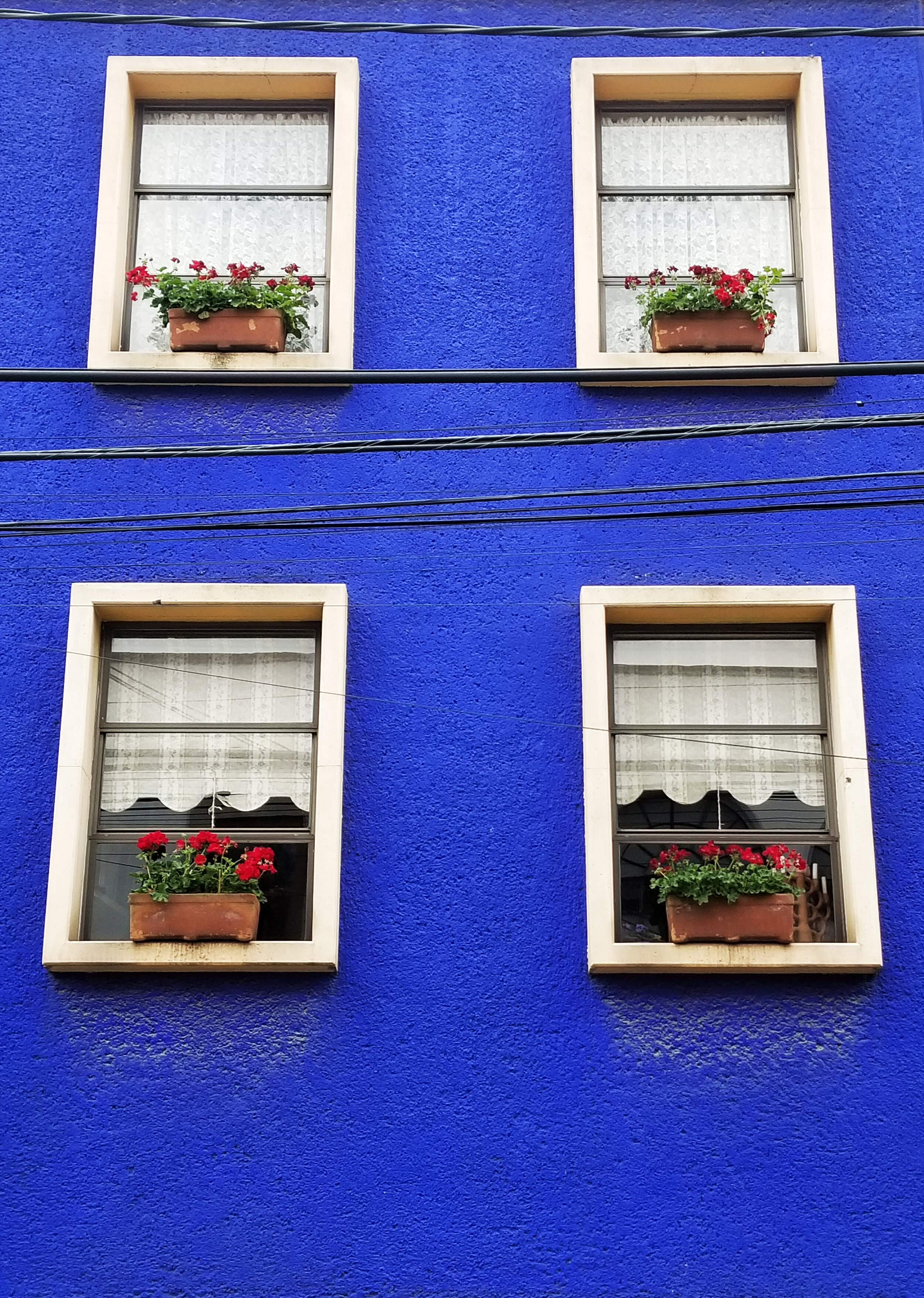

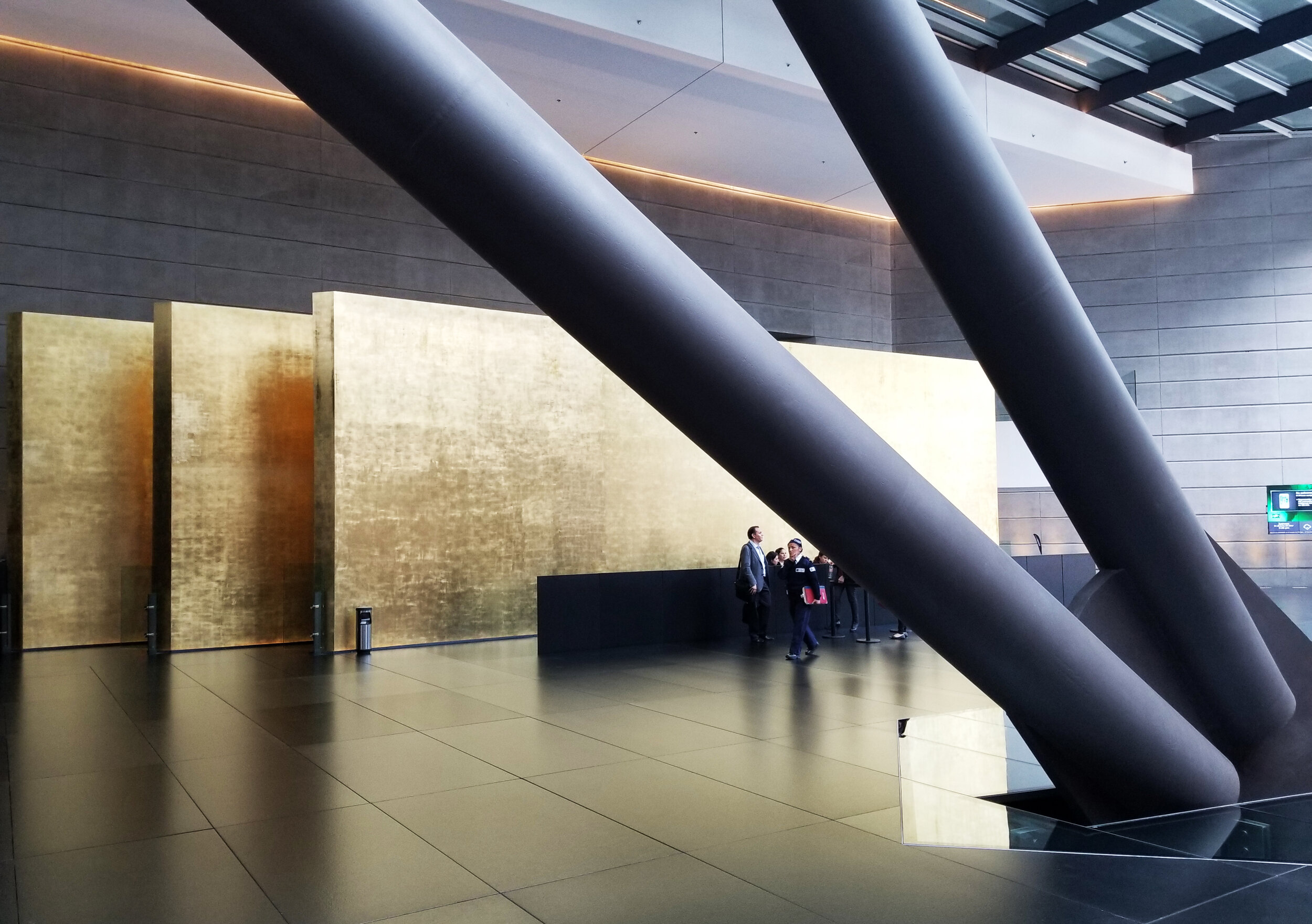

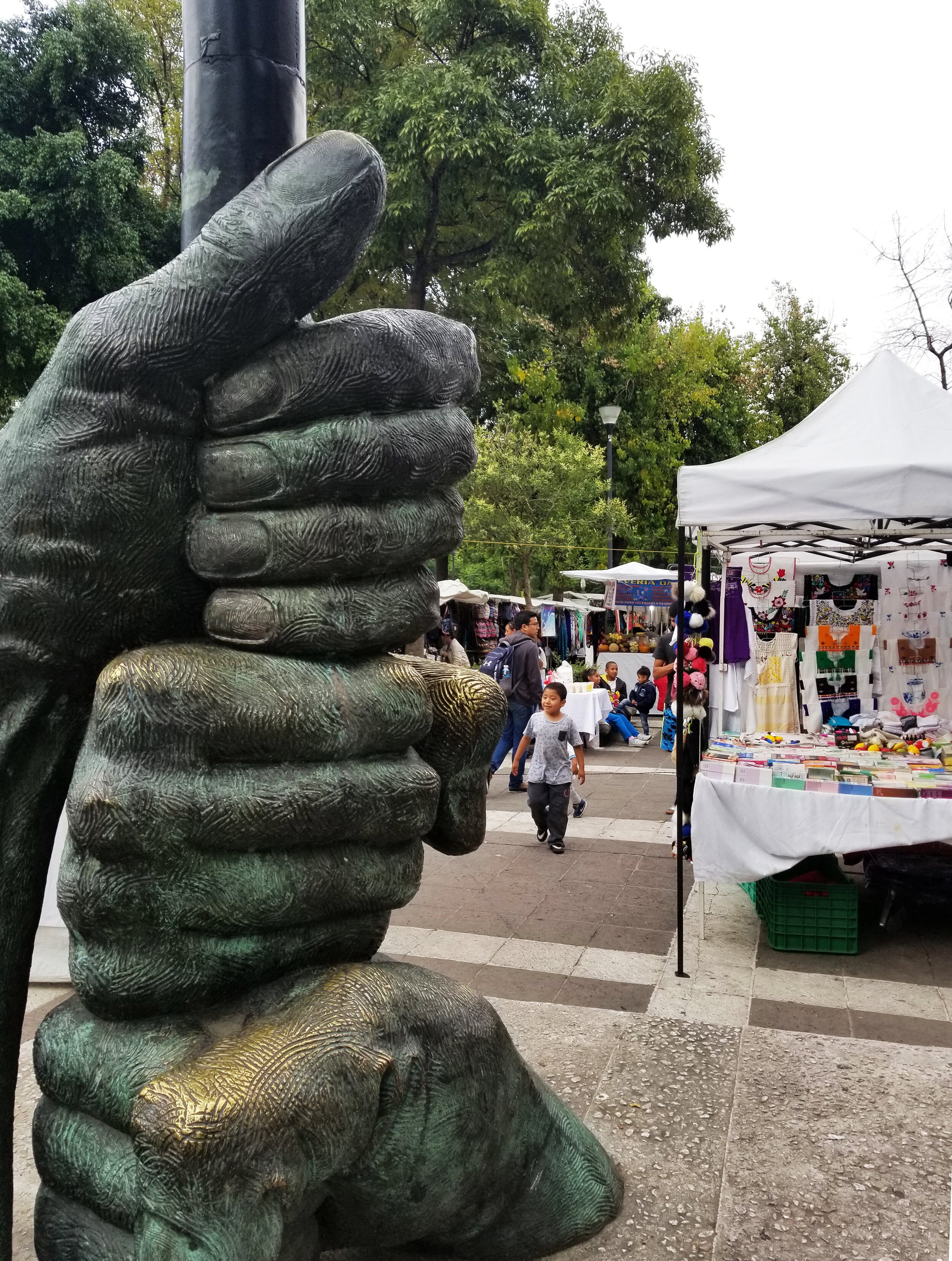
Threshold
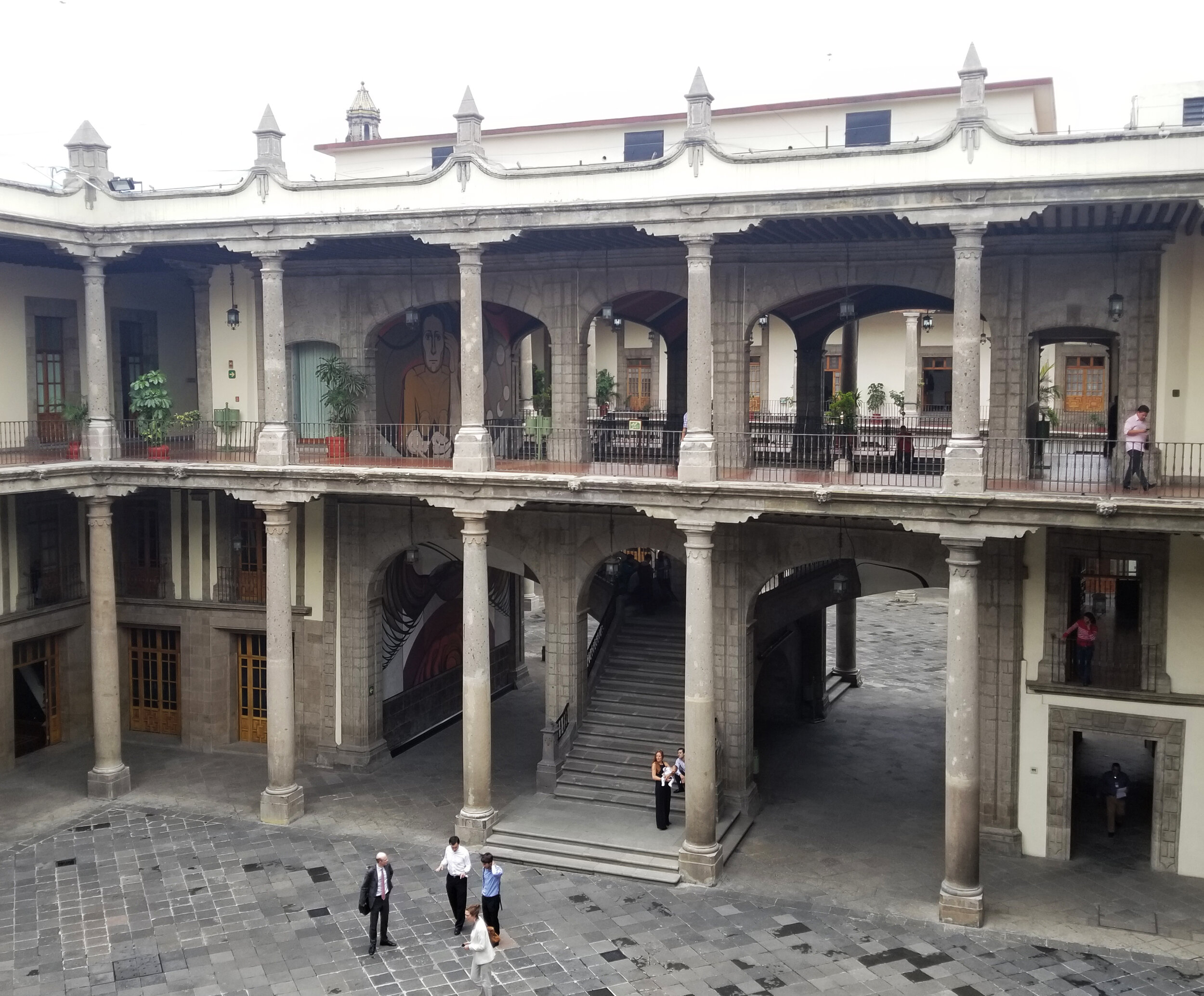
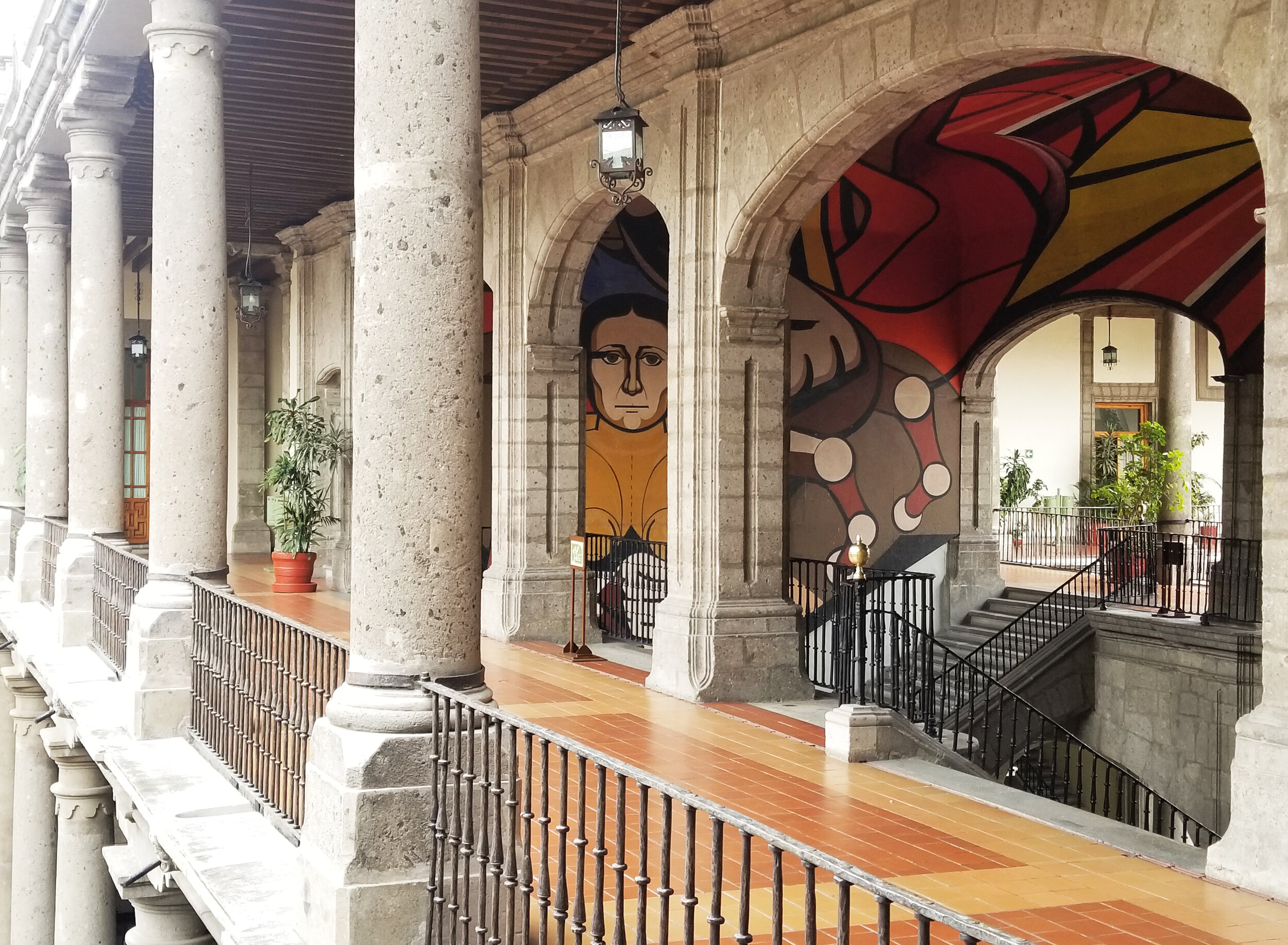
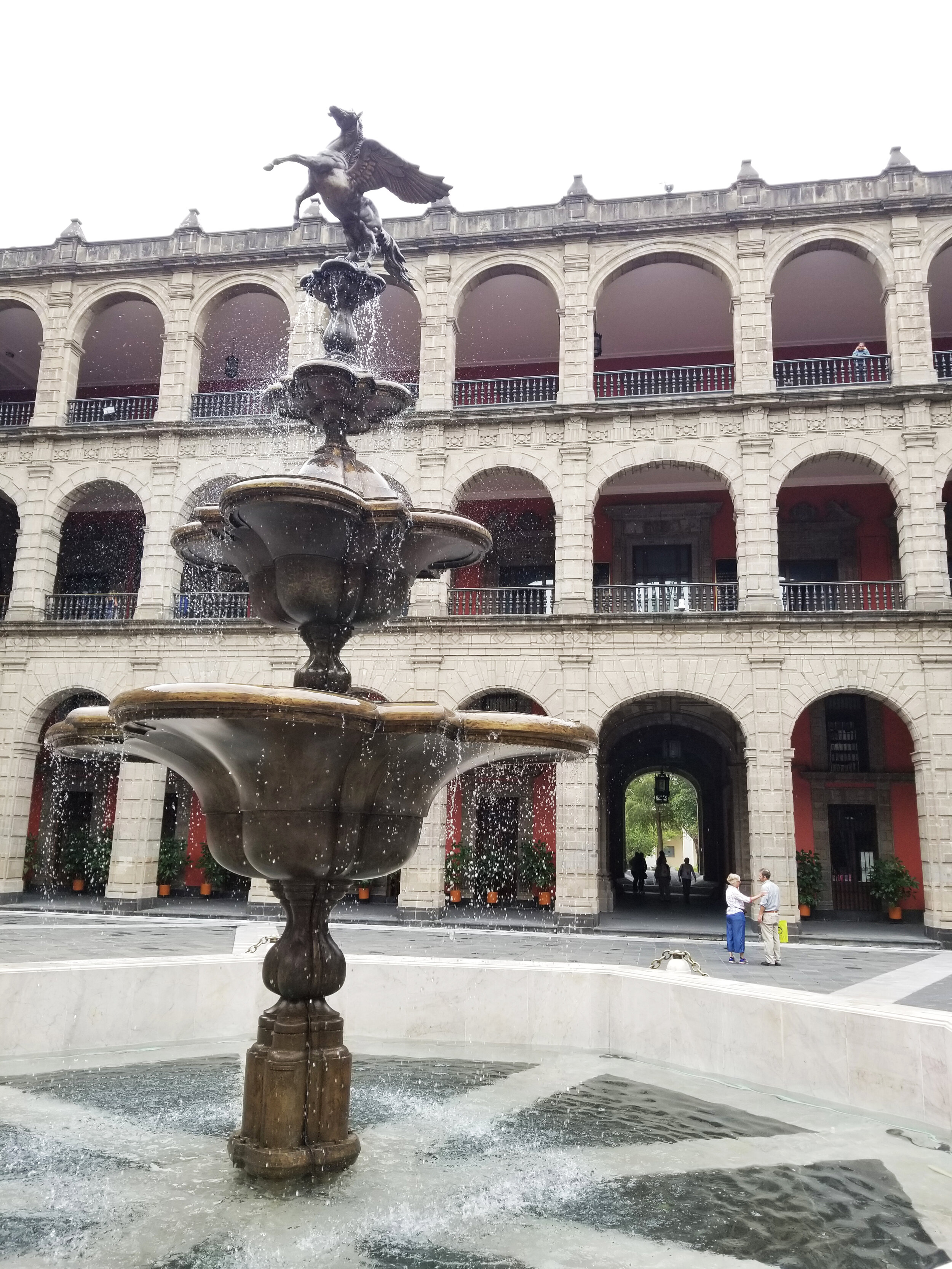
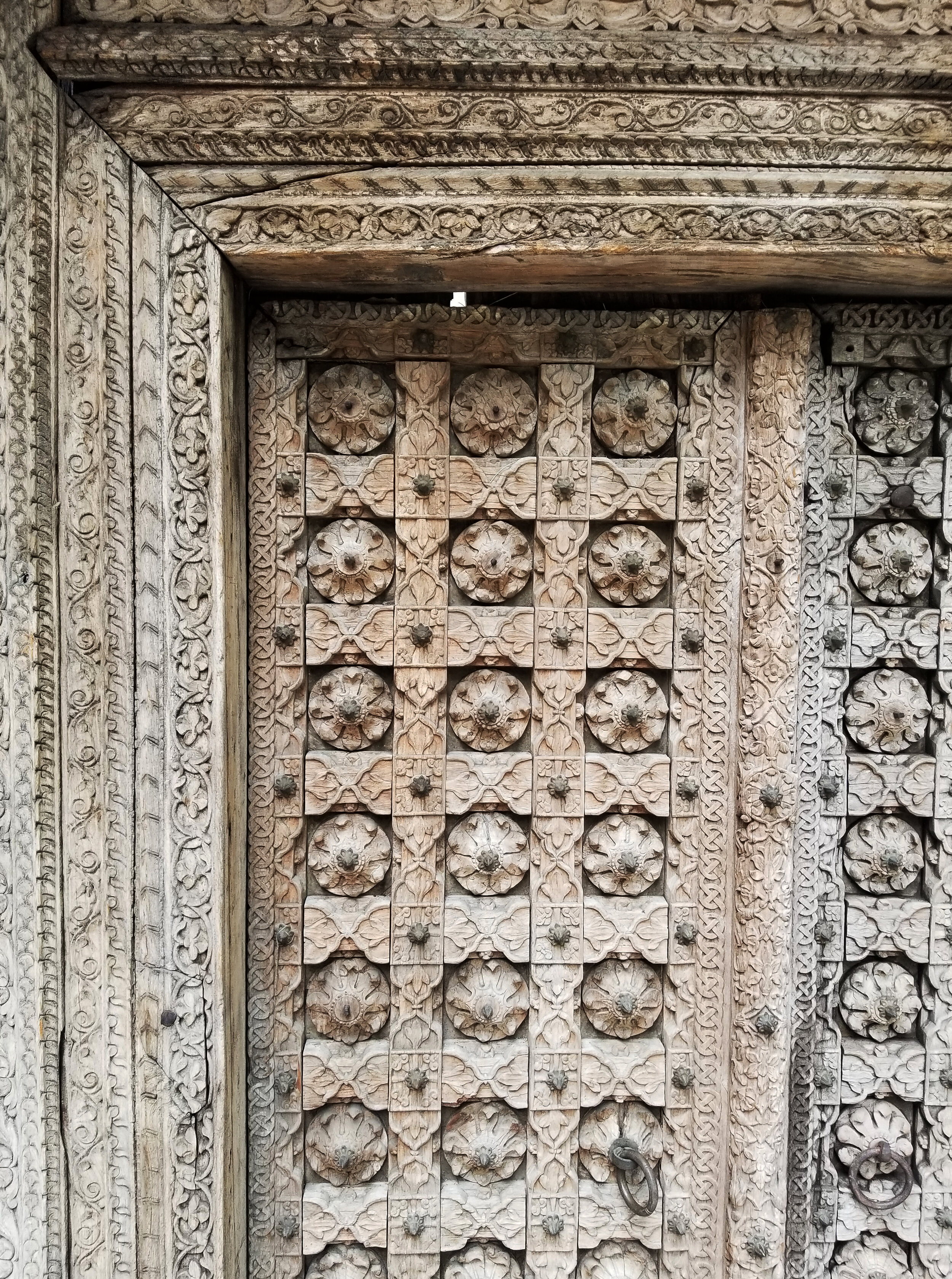
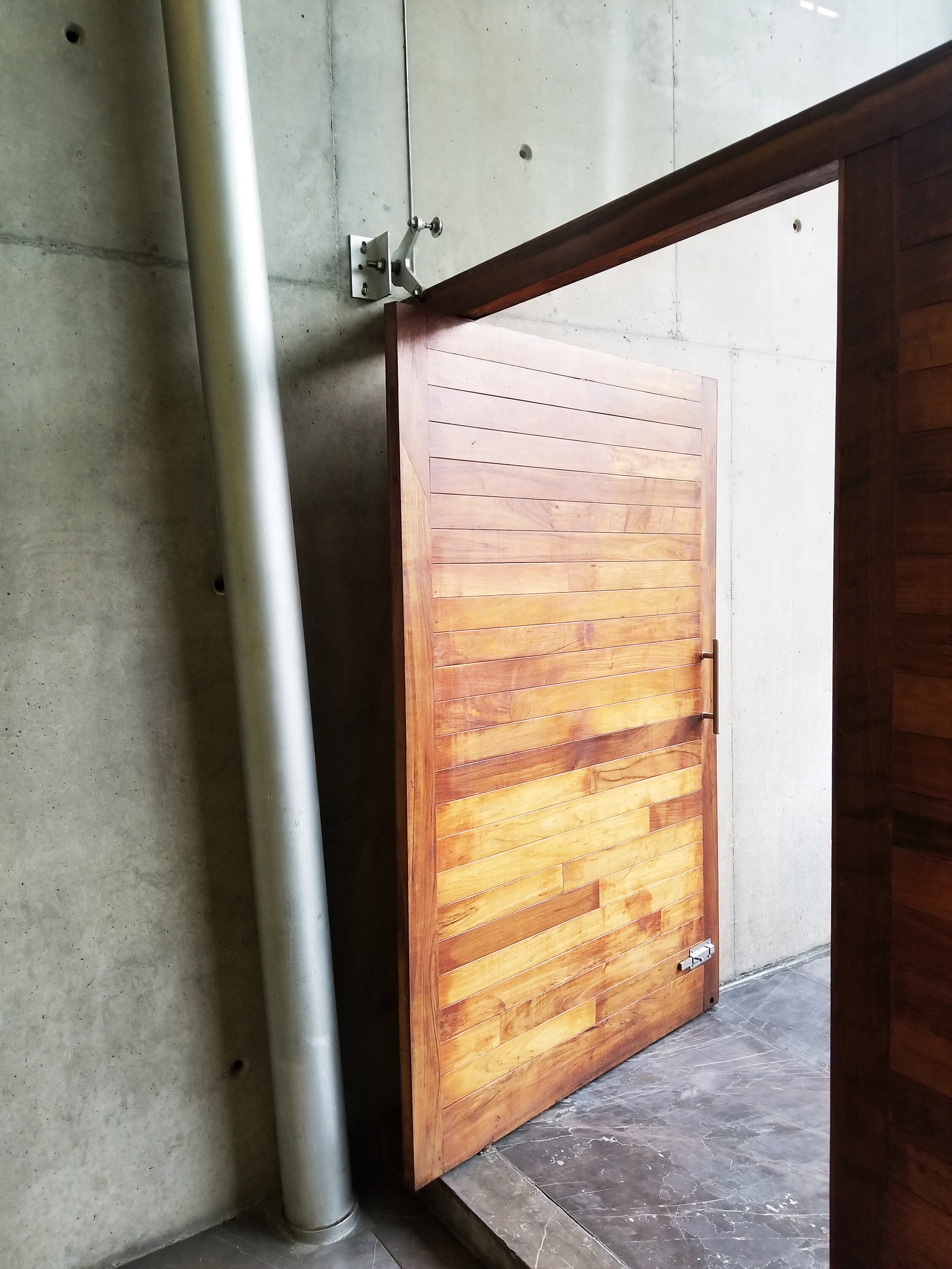
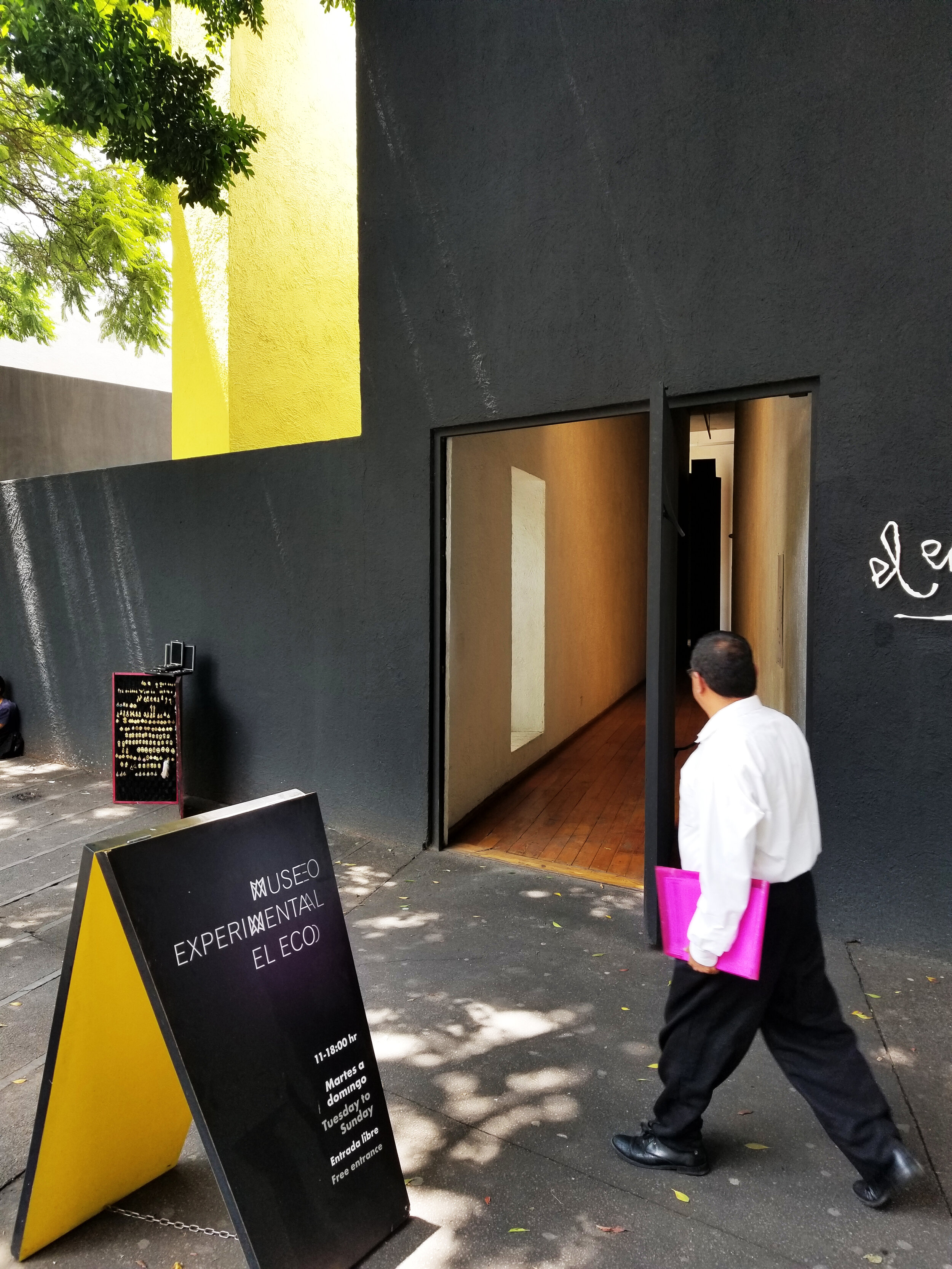
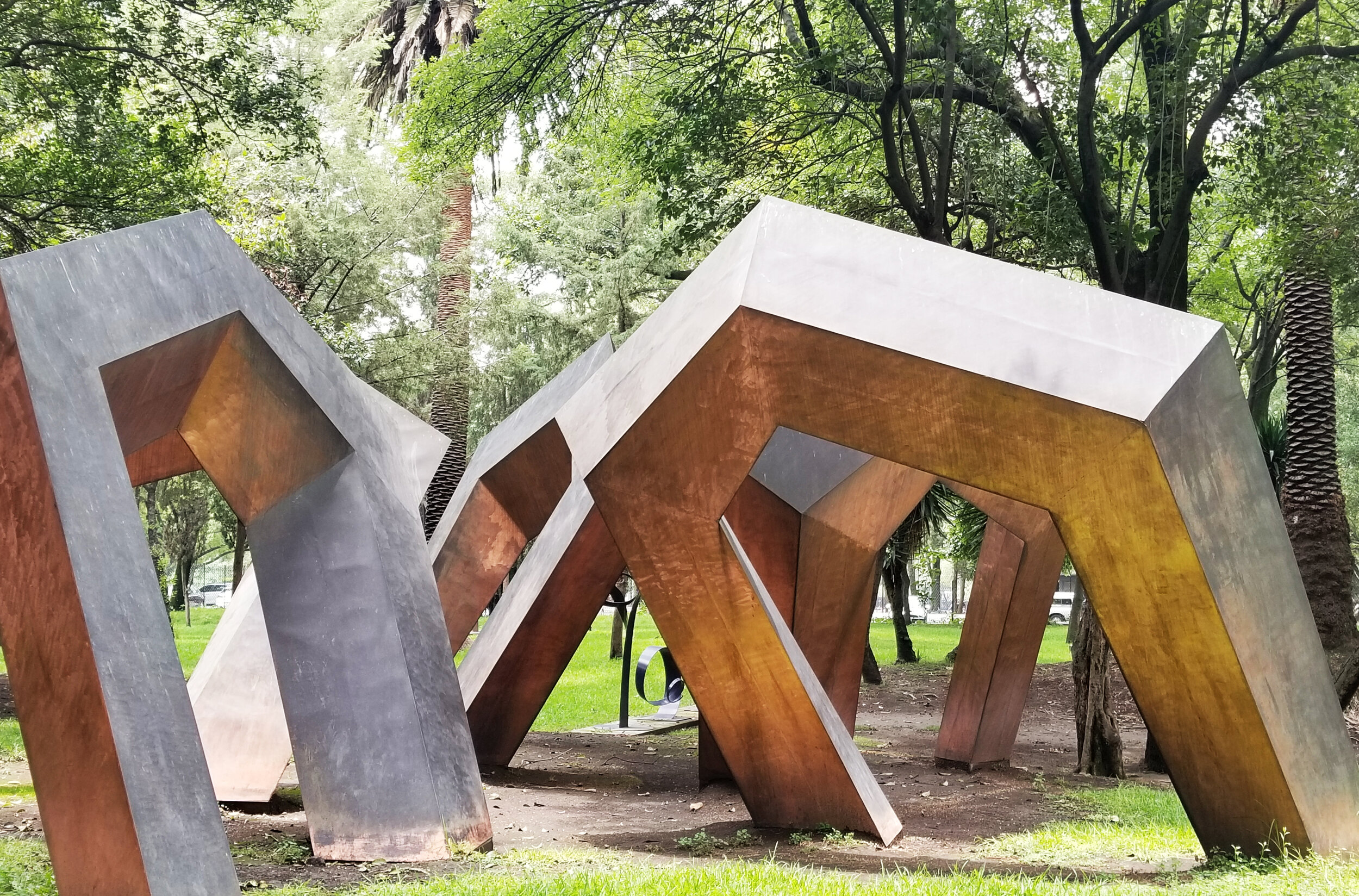
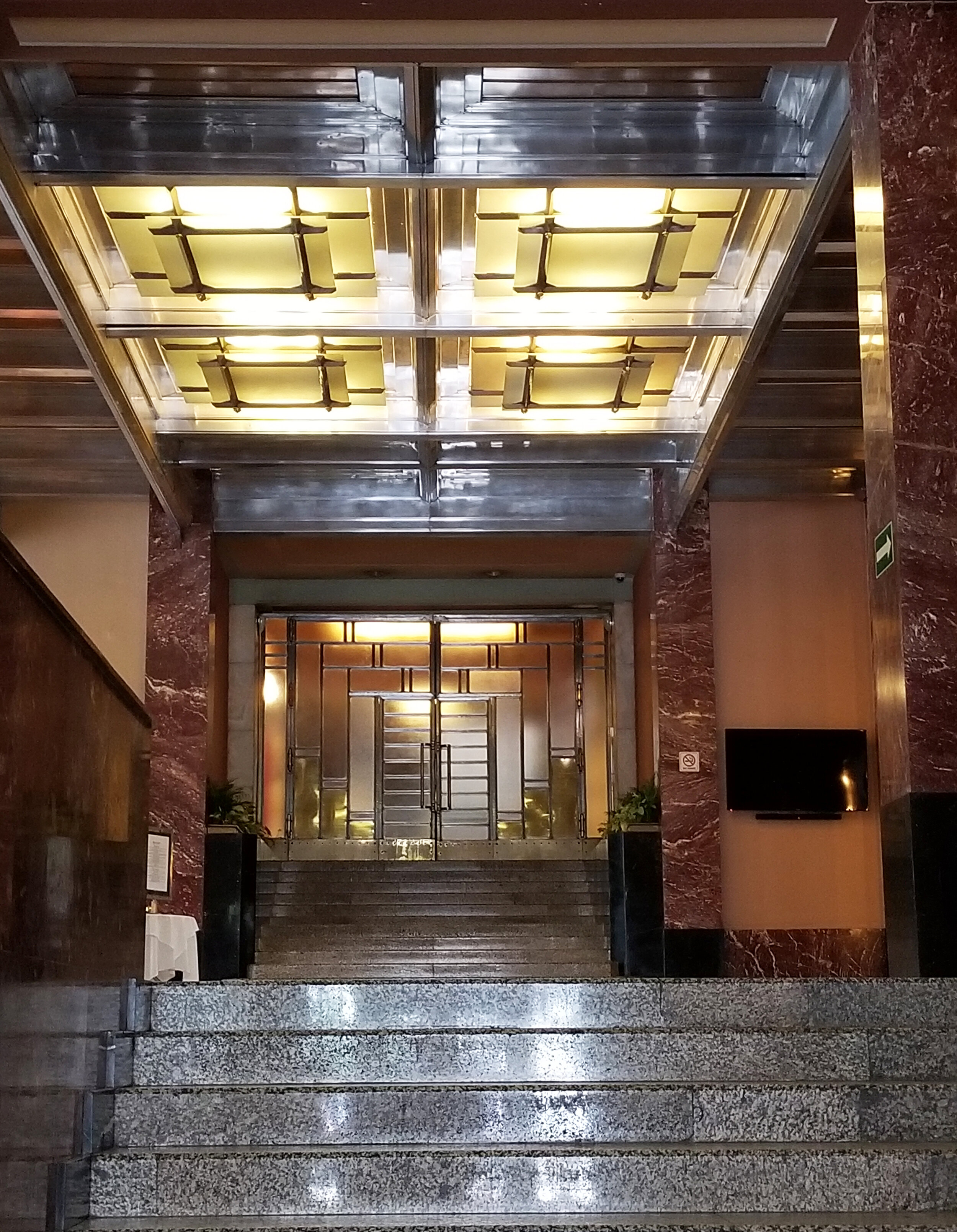

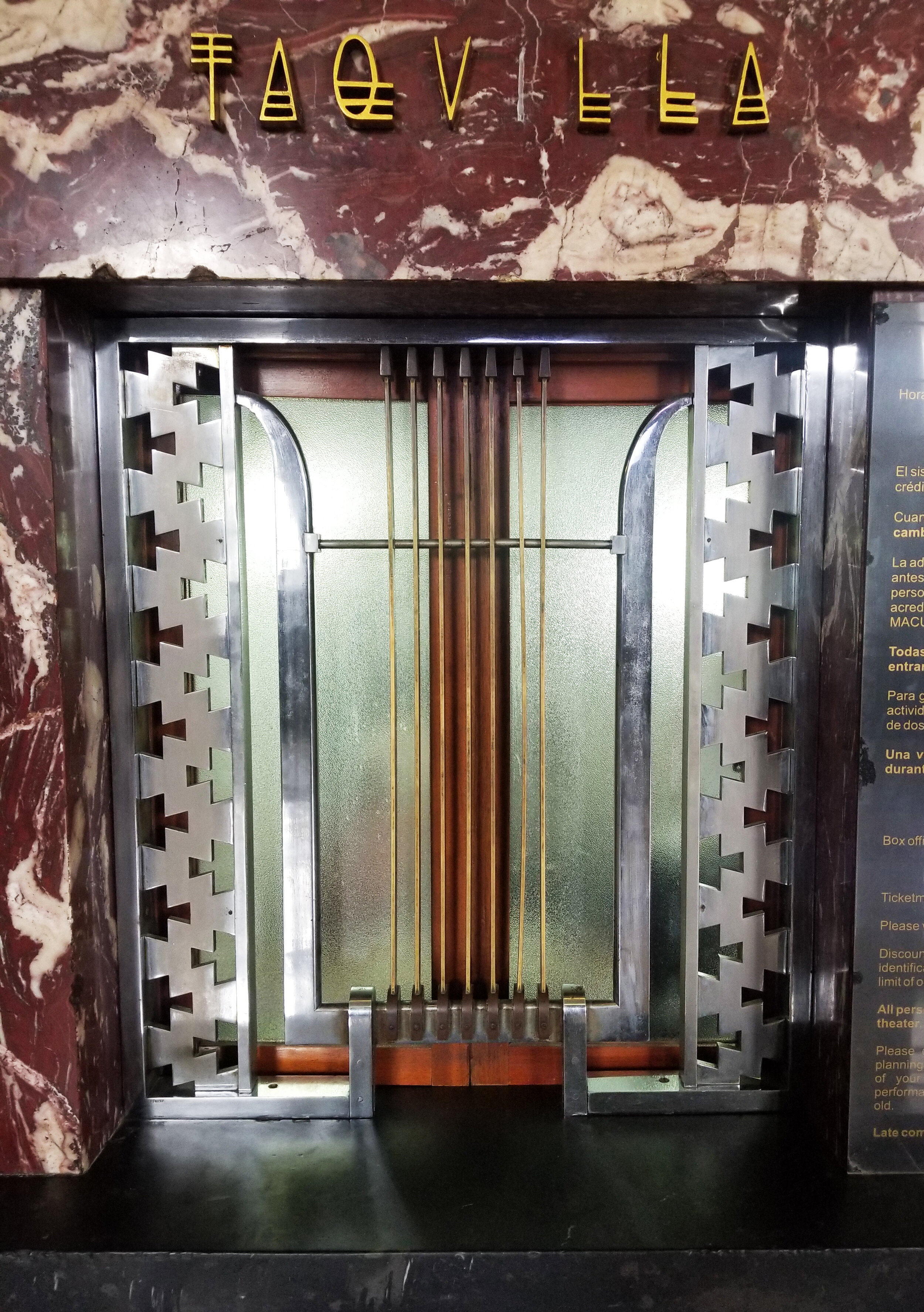
Agency
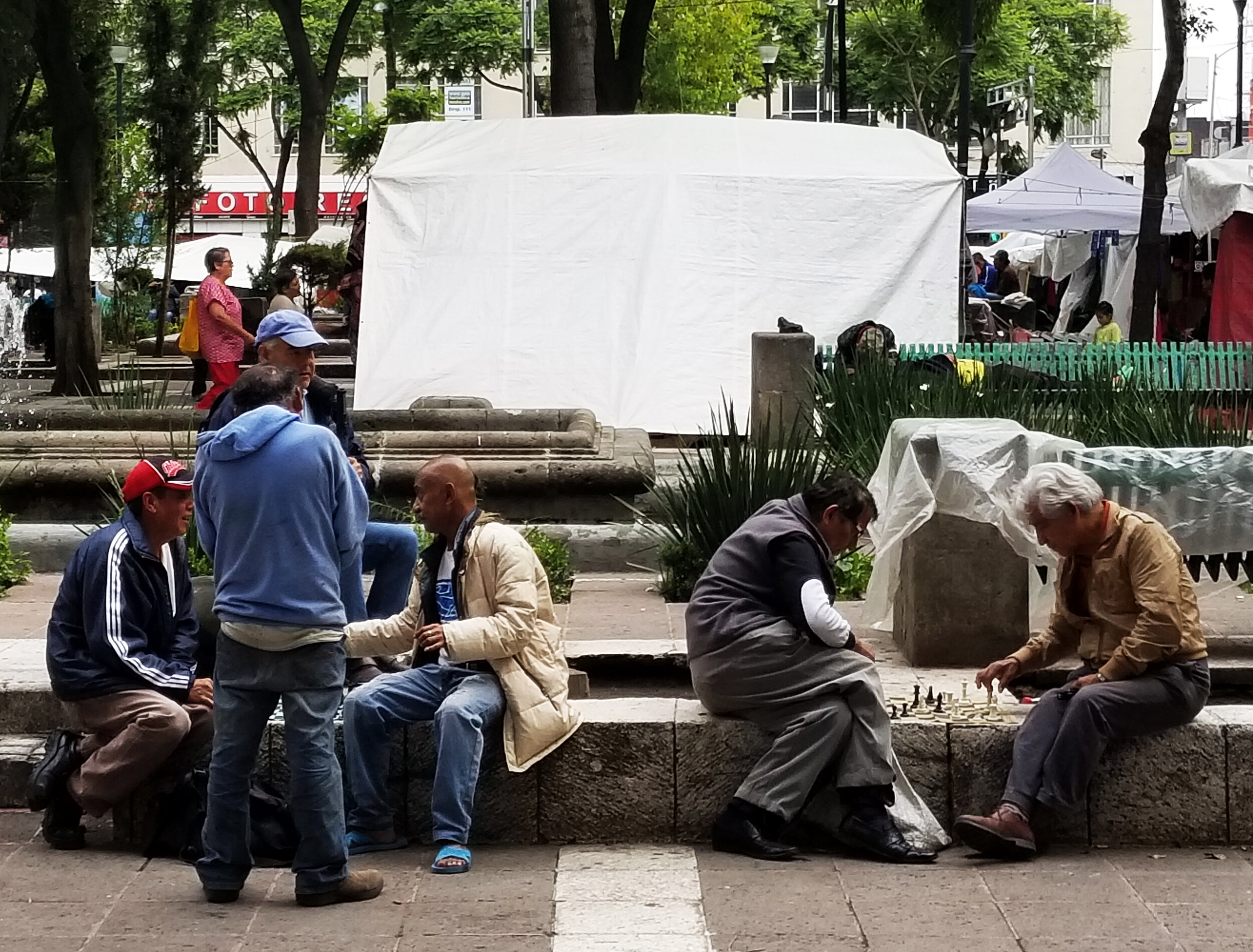
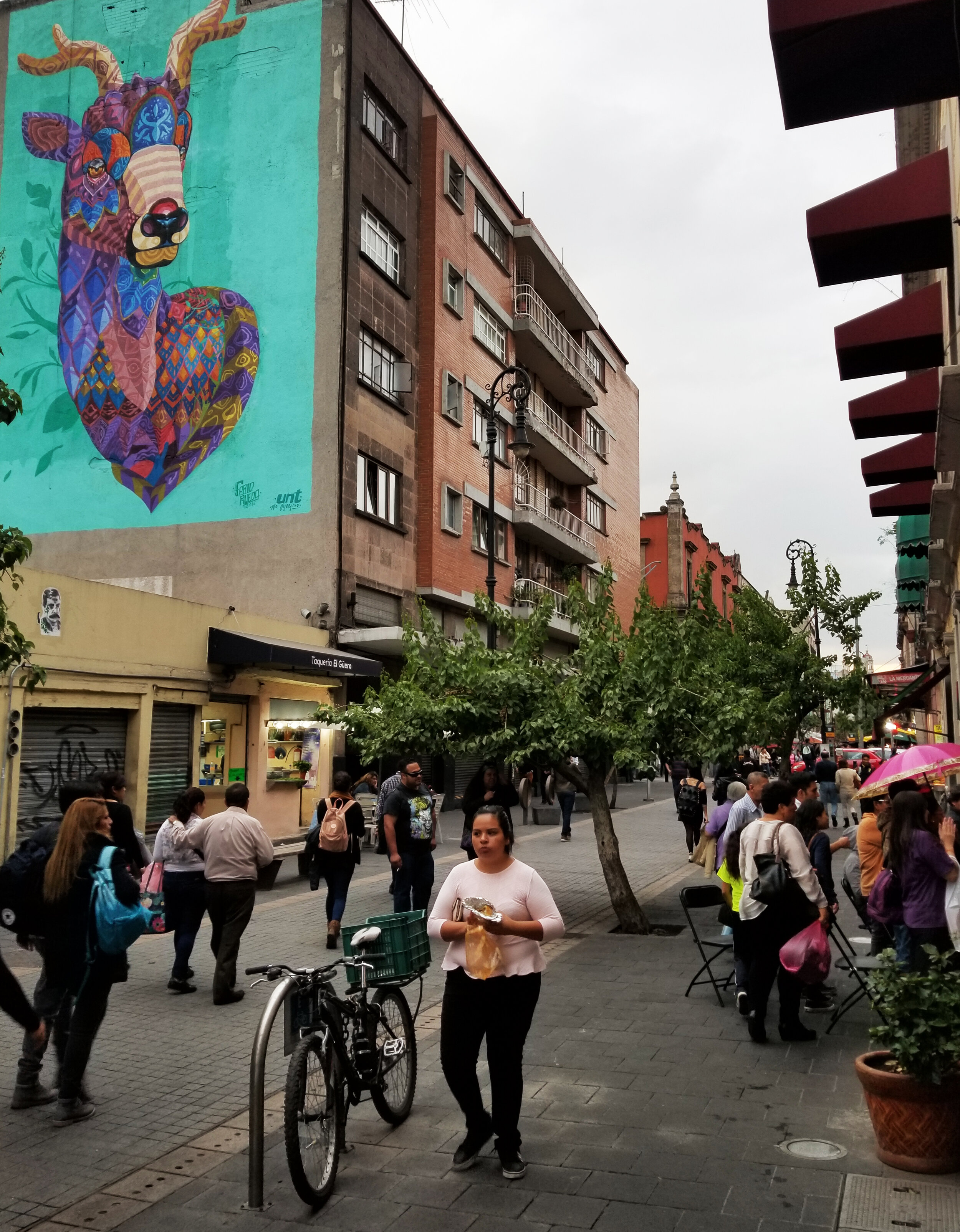
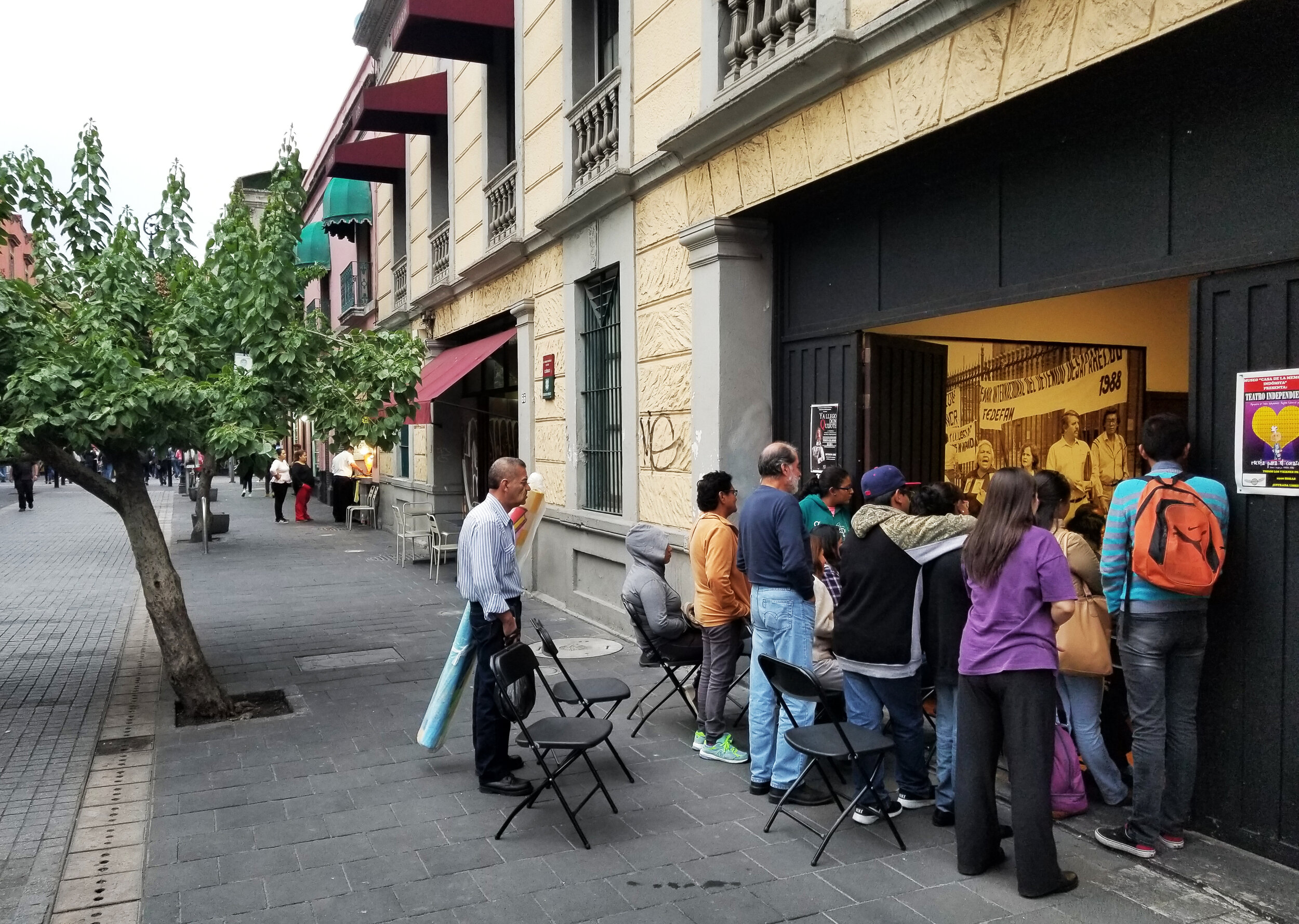
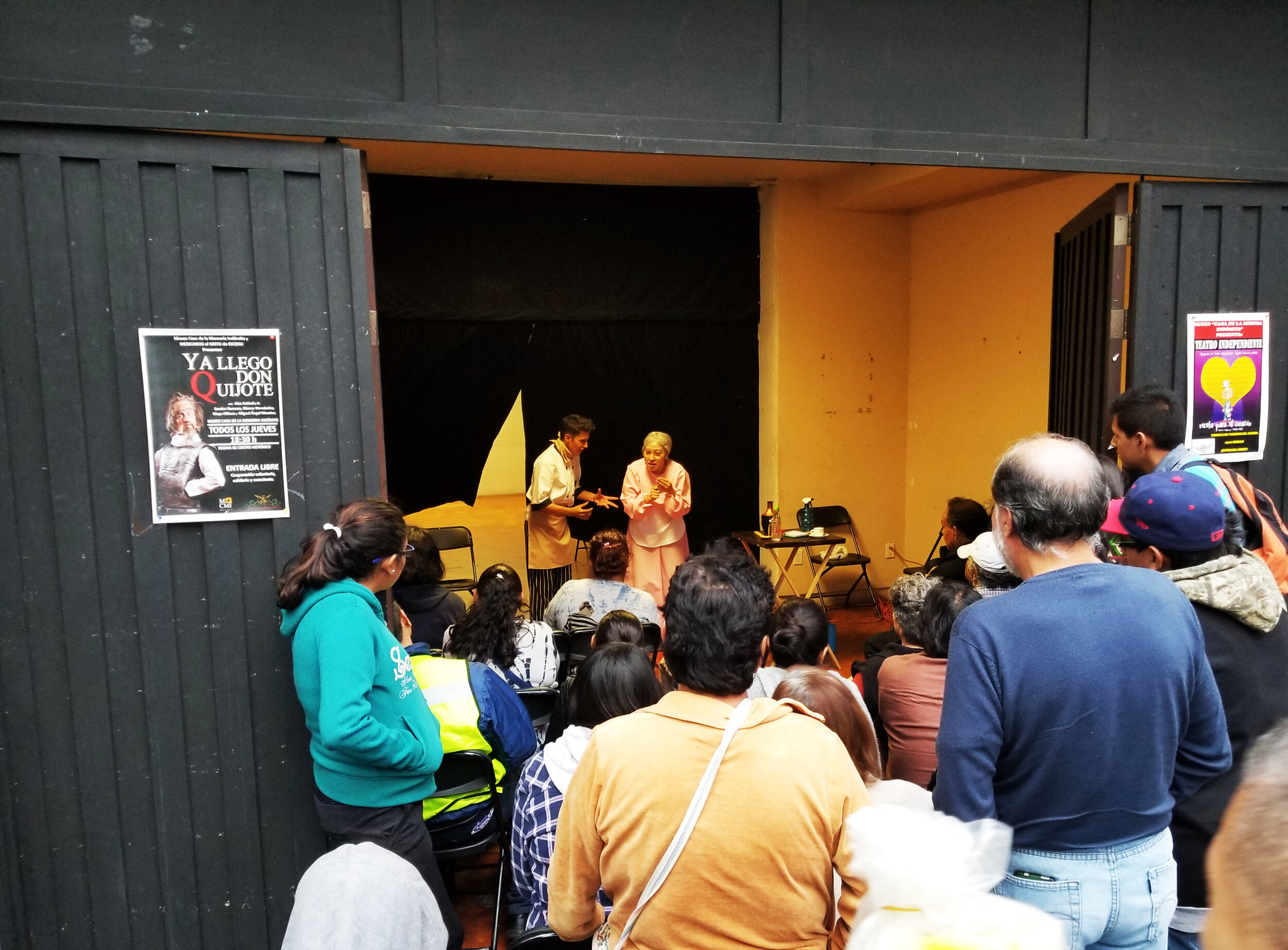
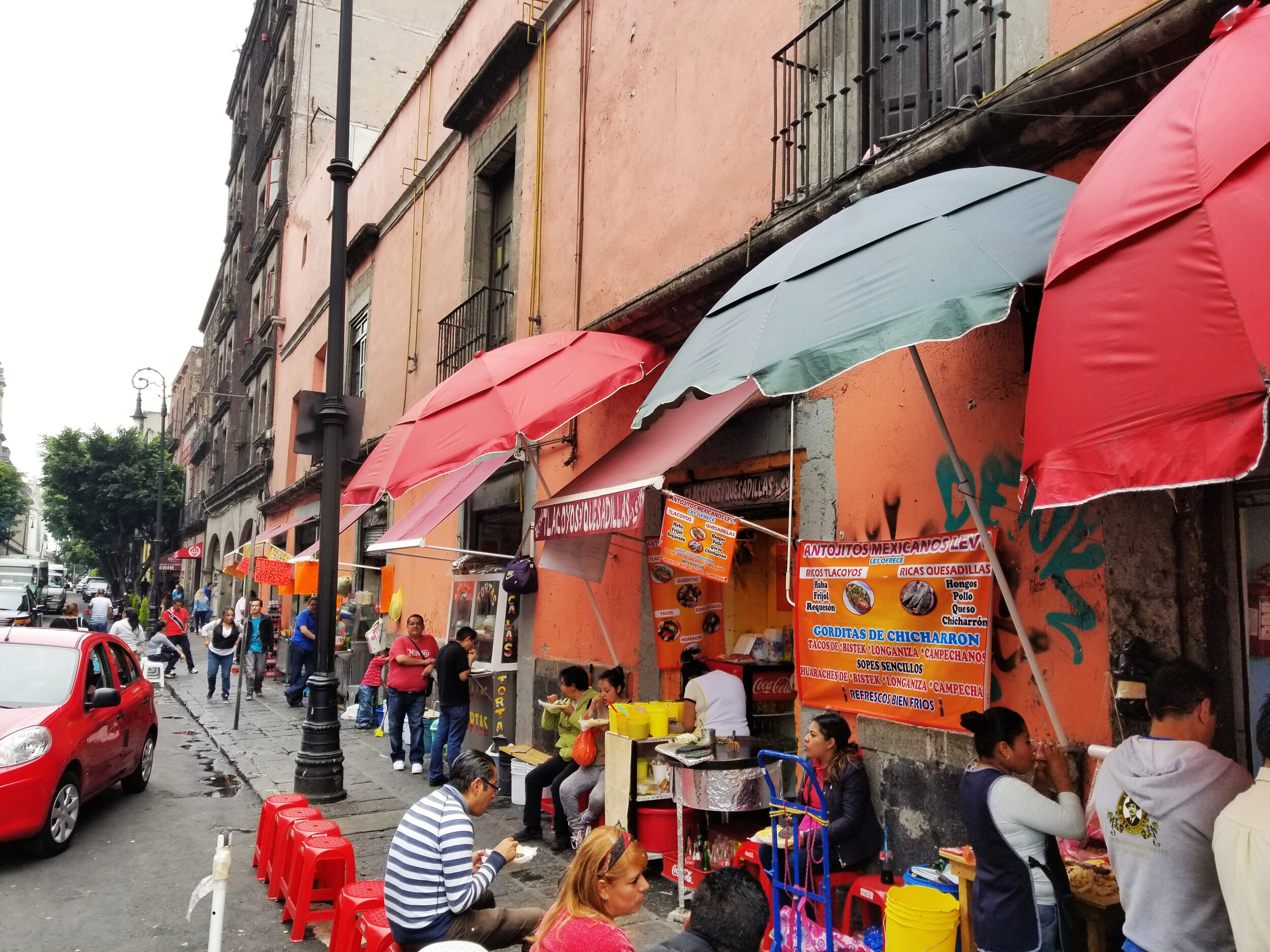
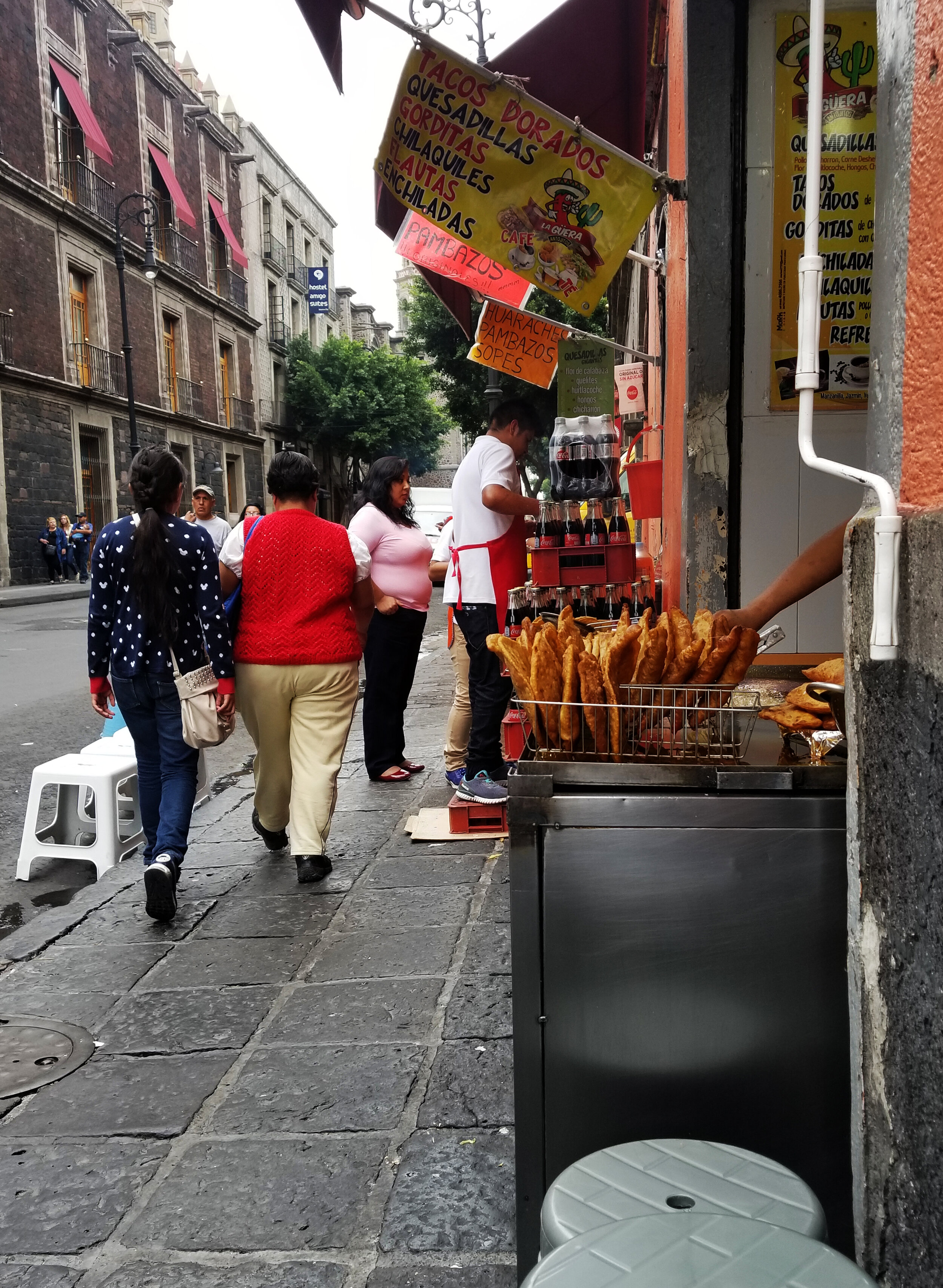
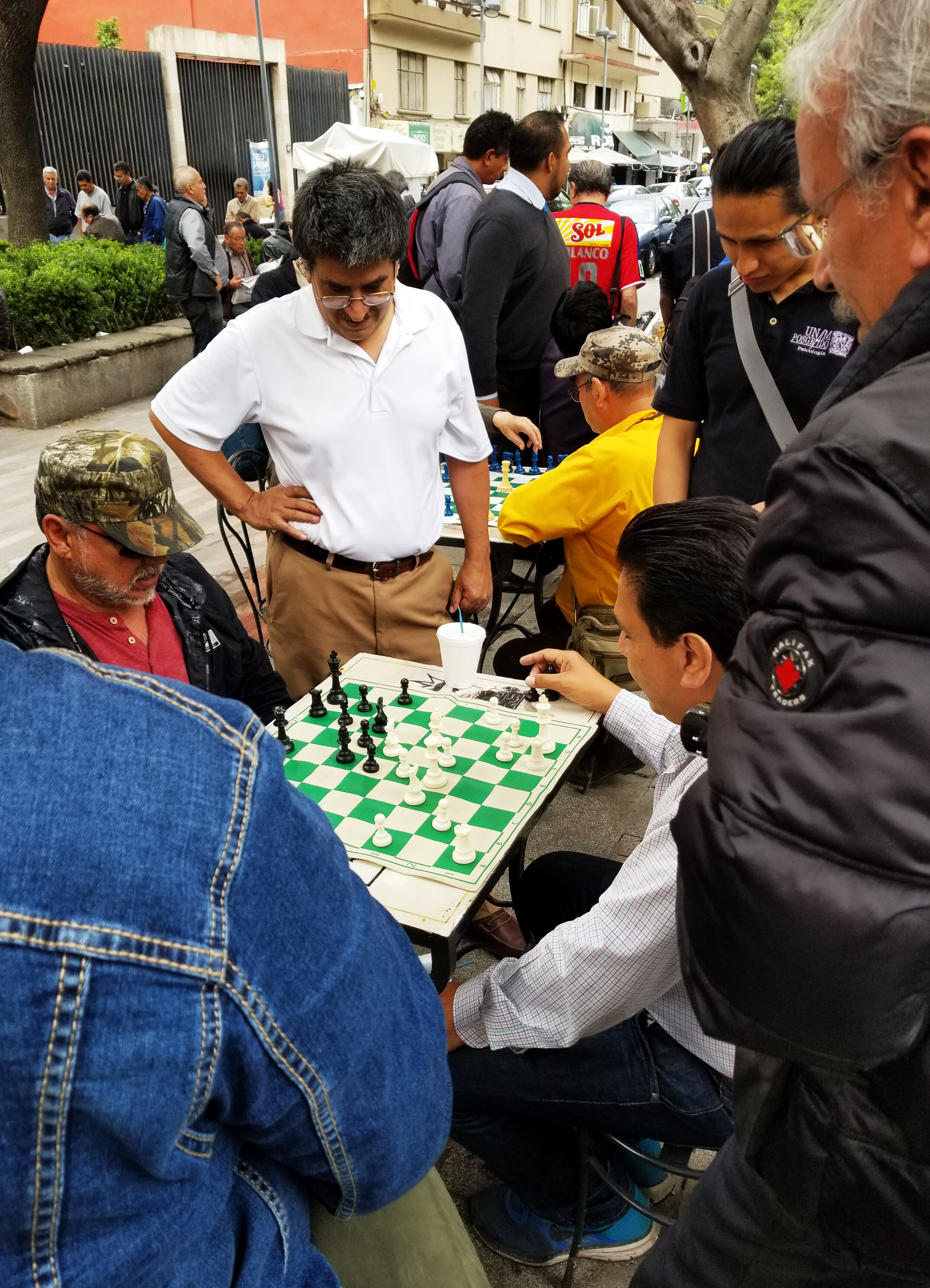
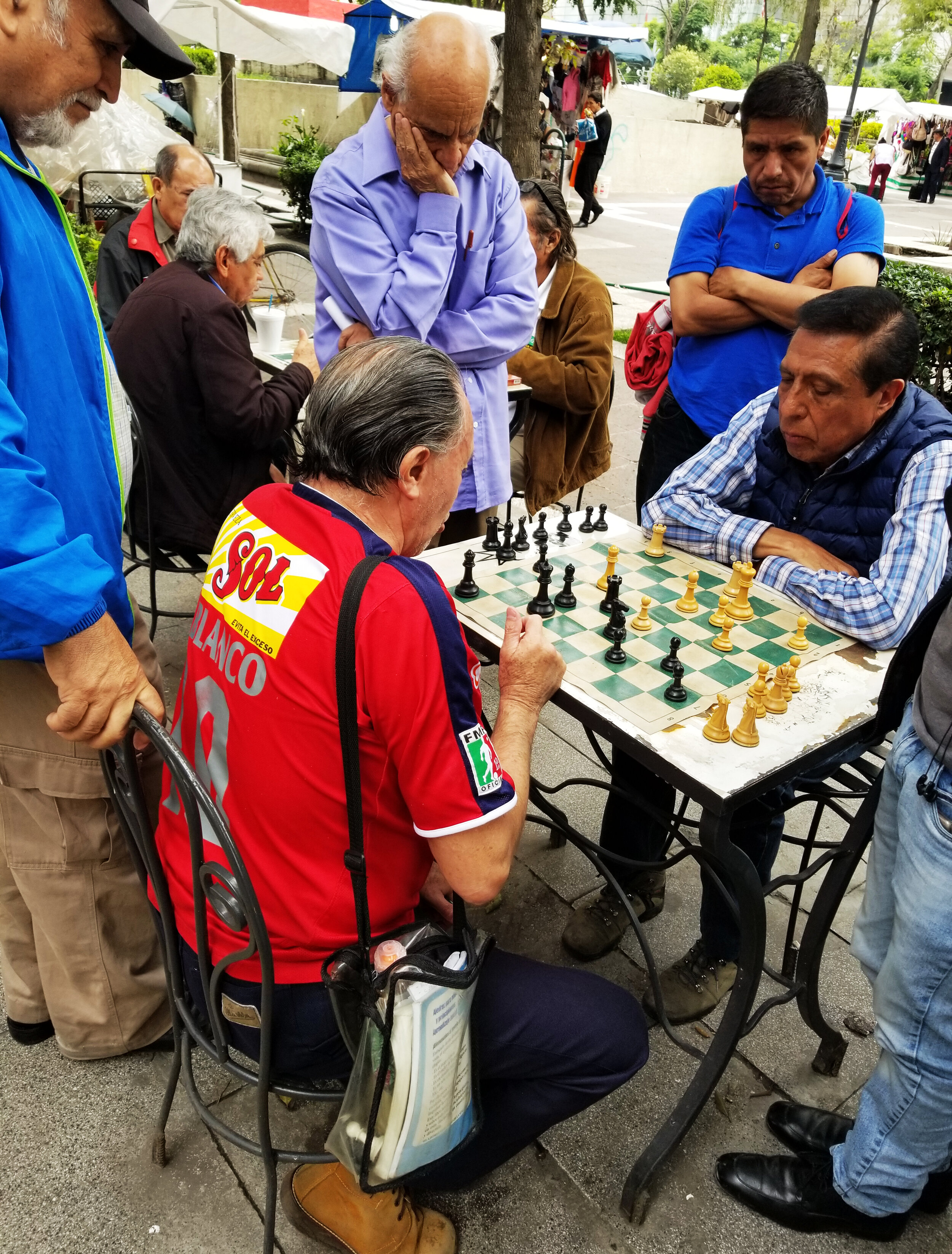
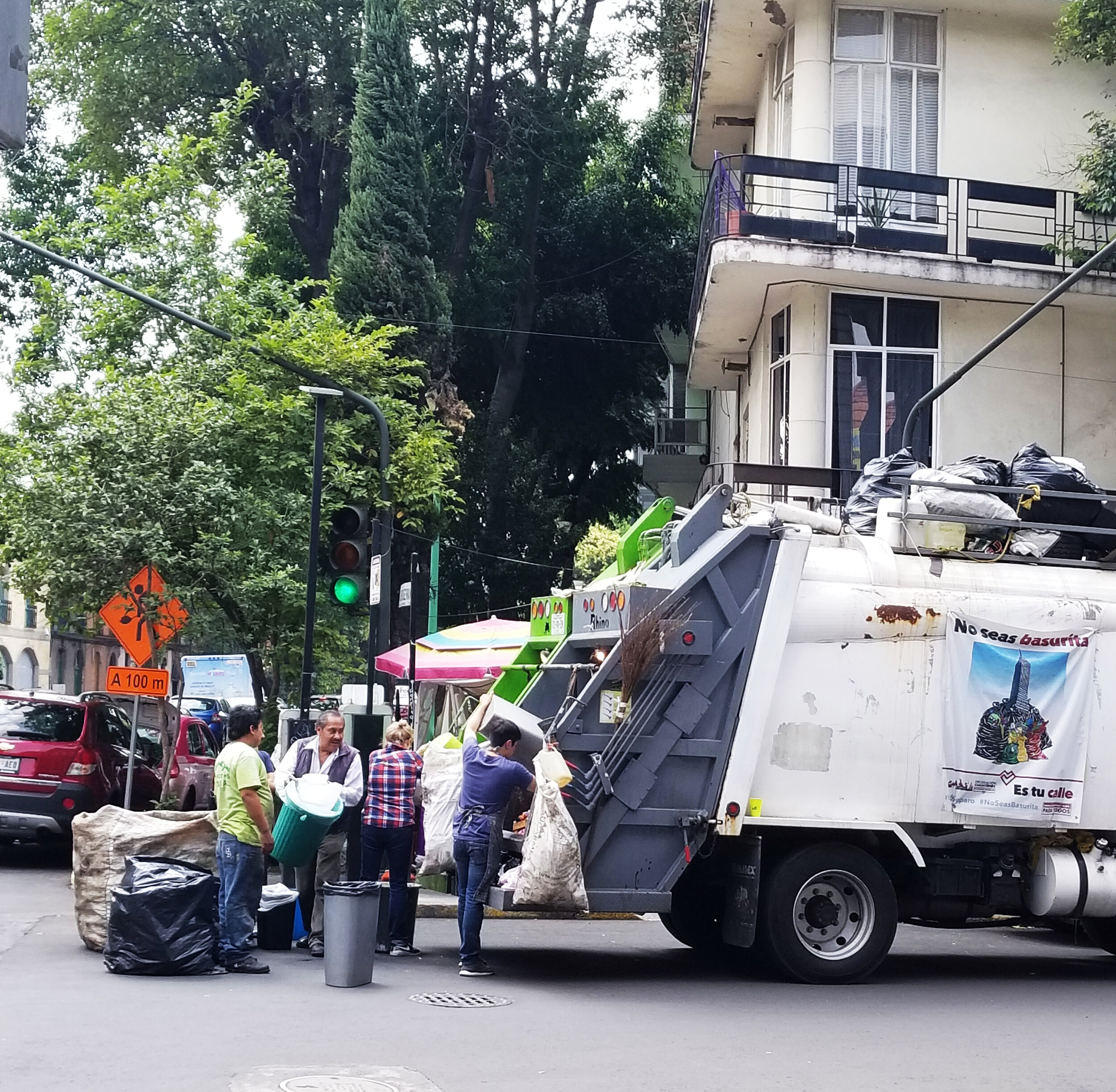
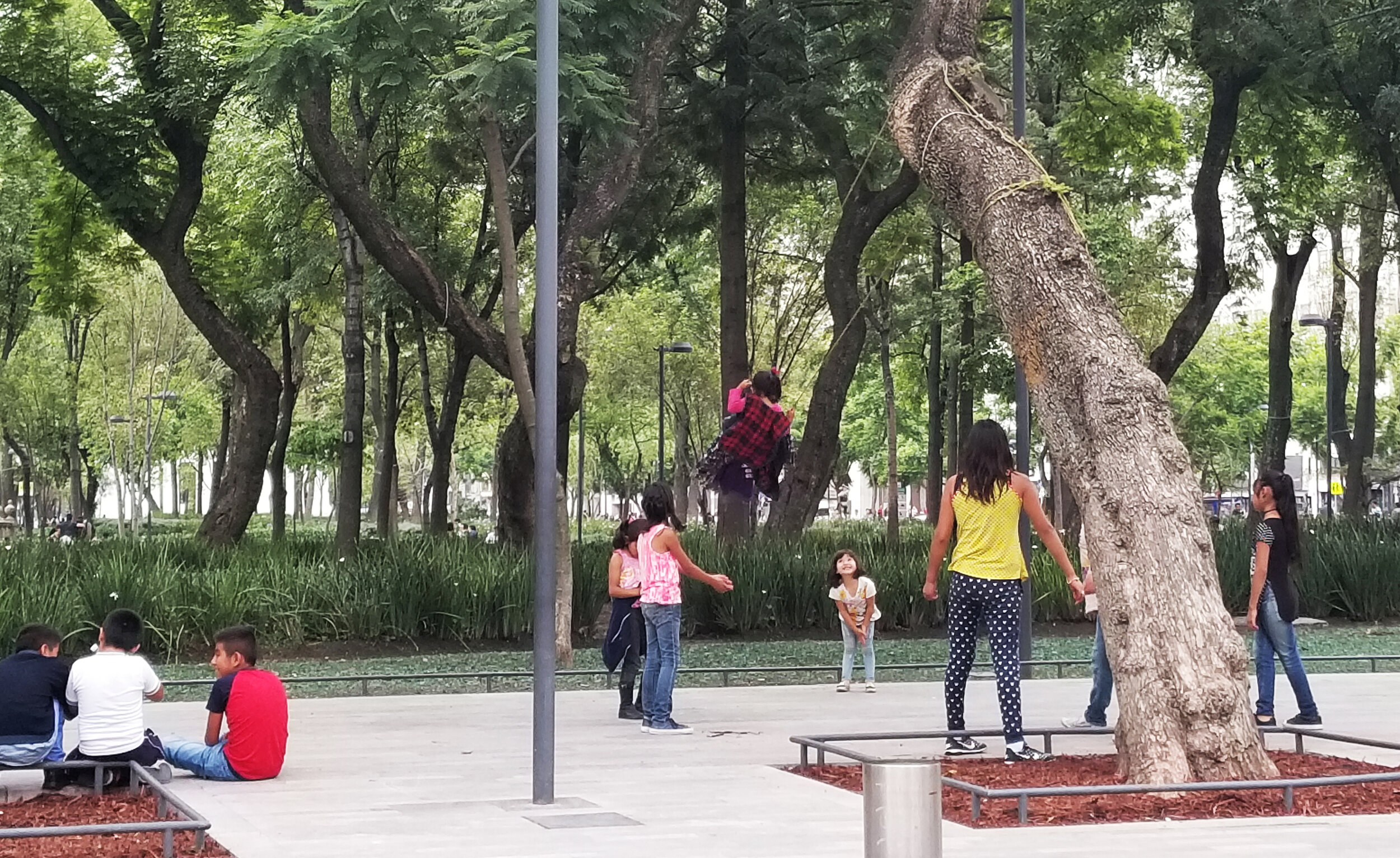
Surface
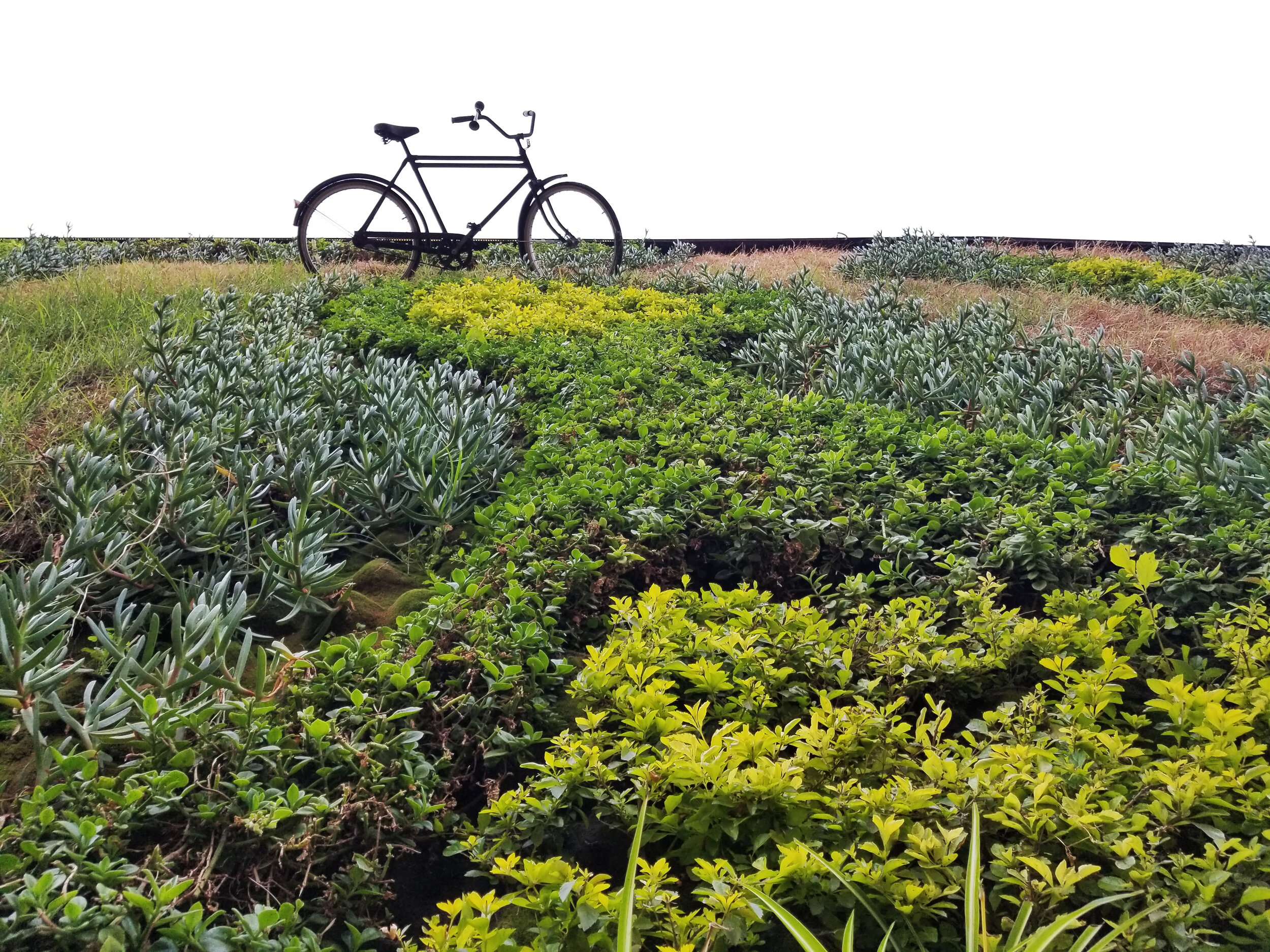
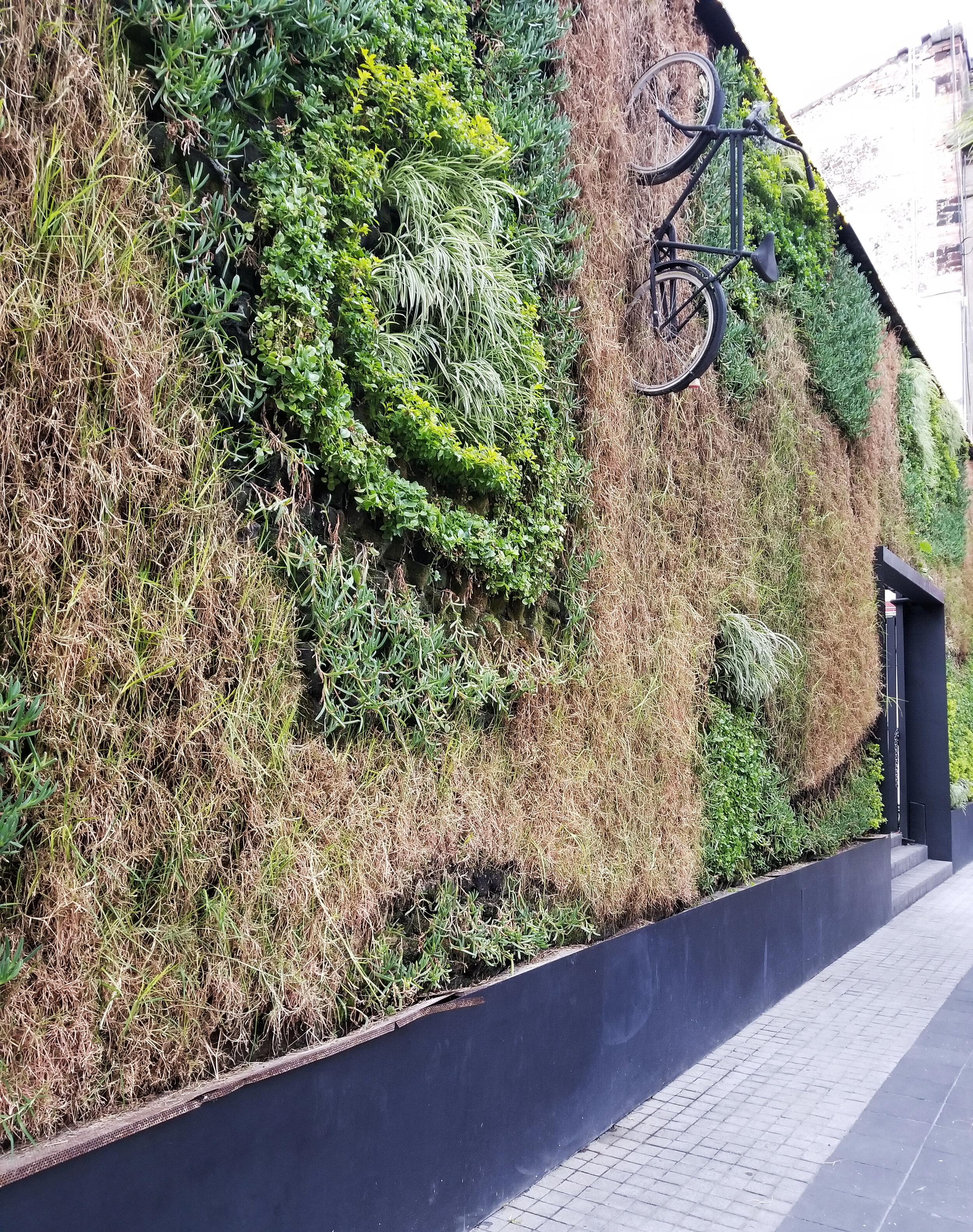

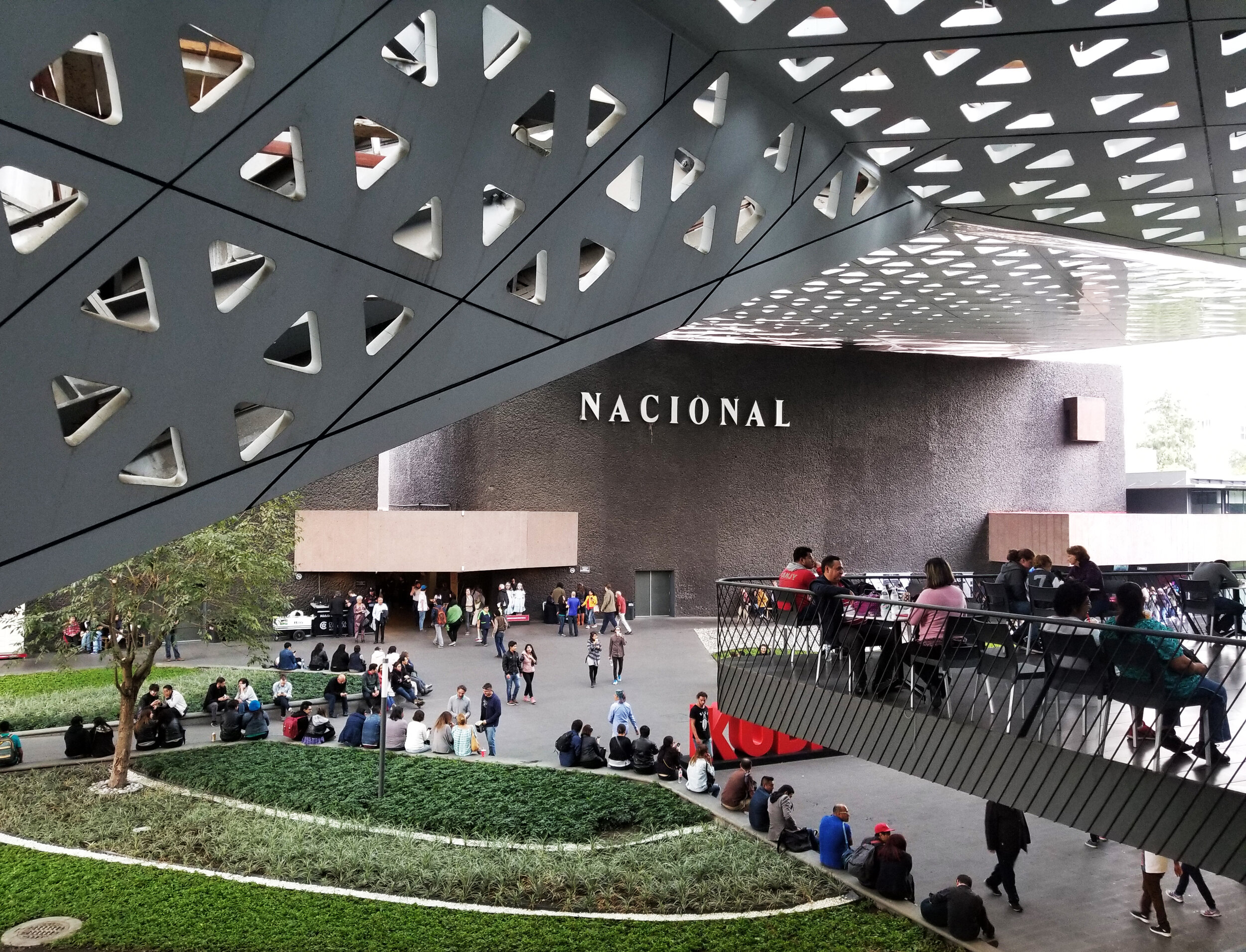
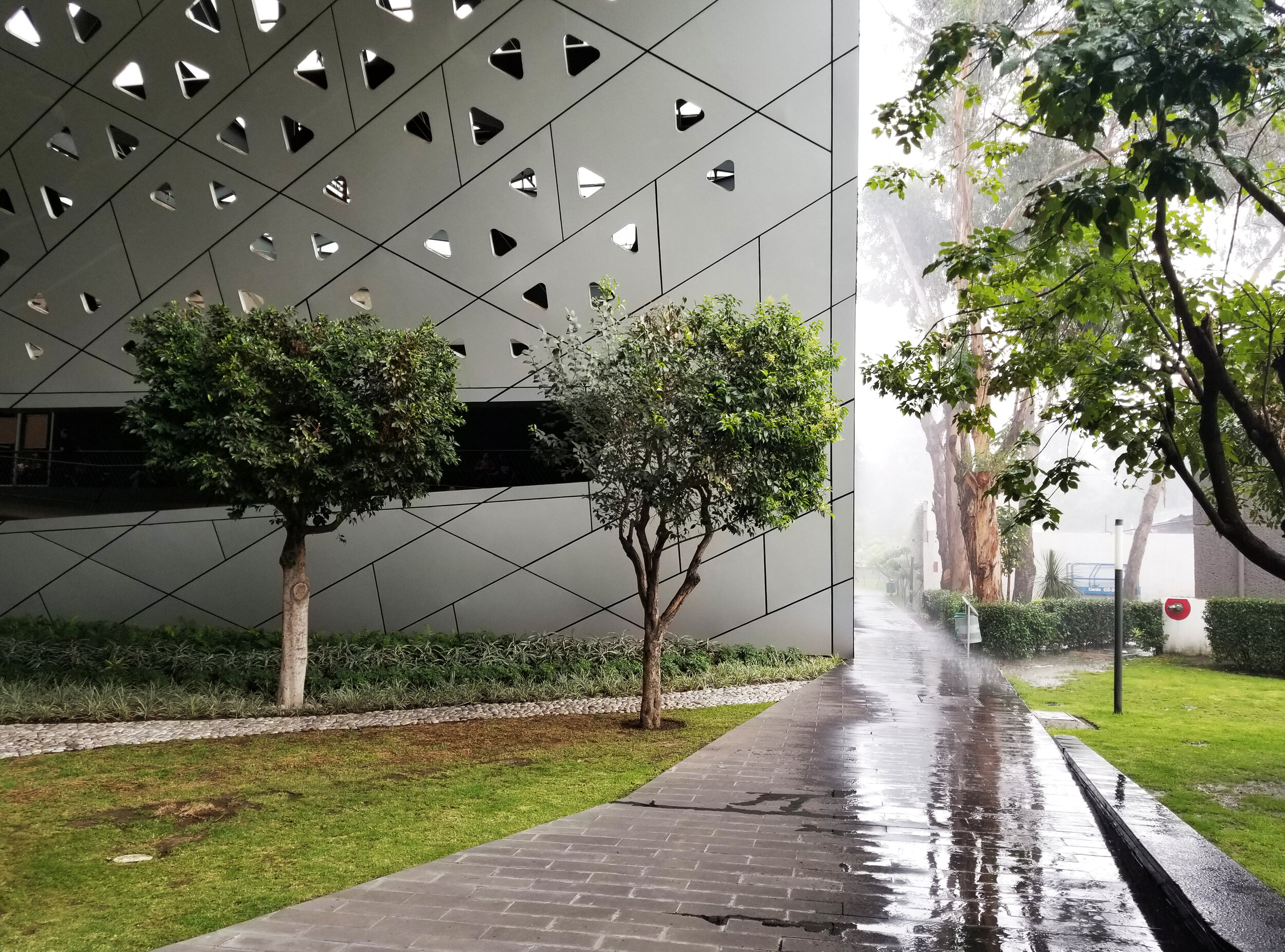
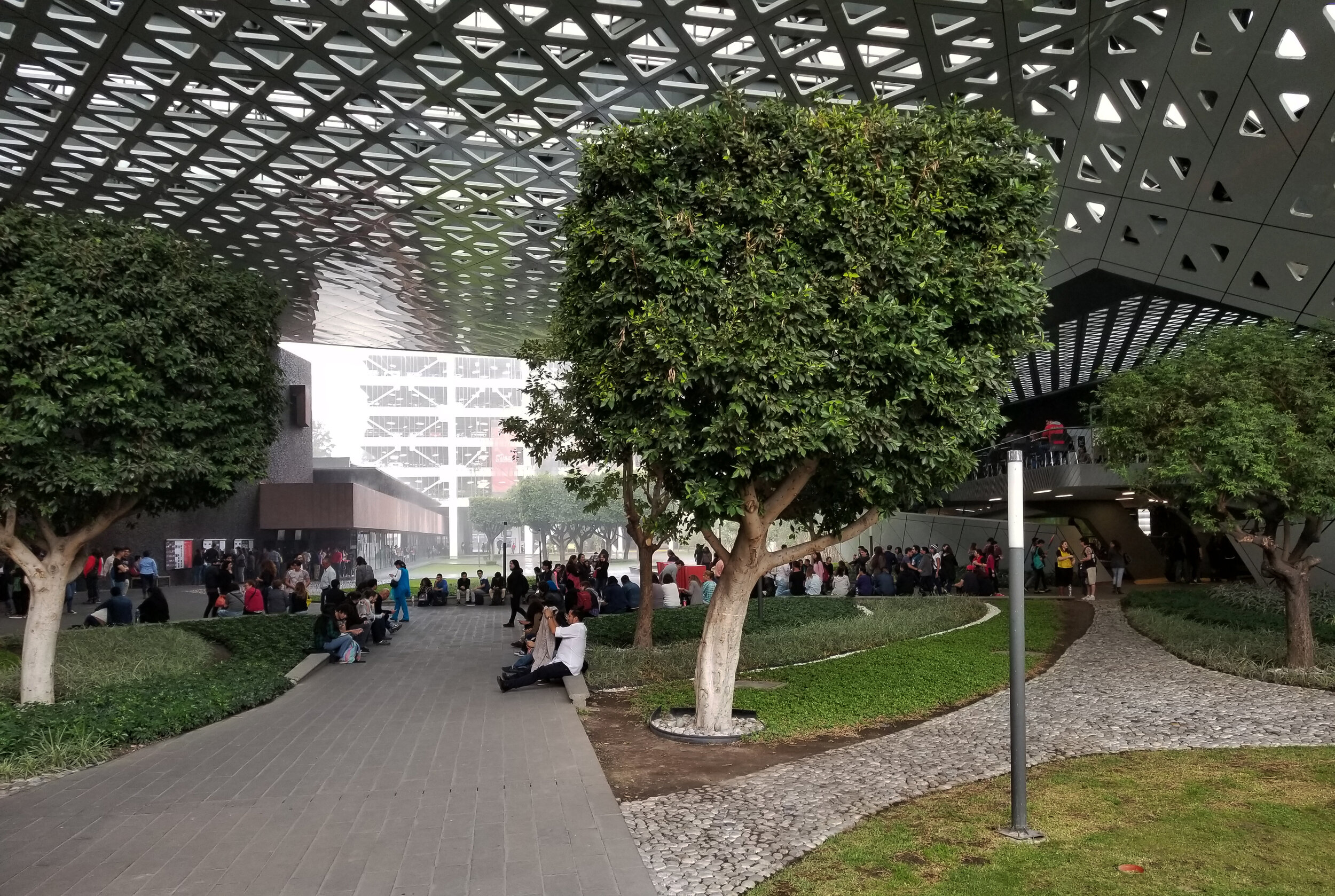
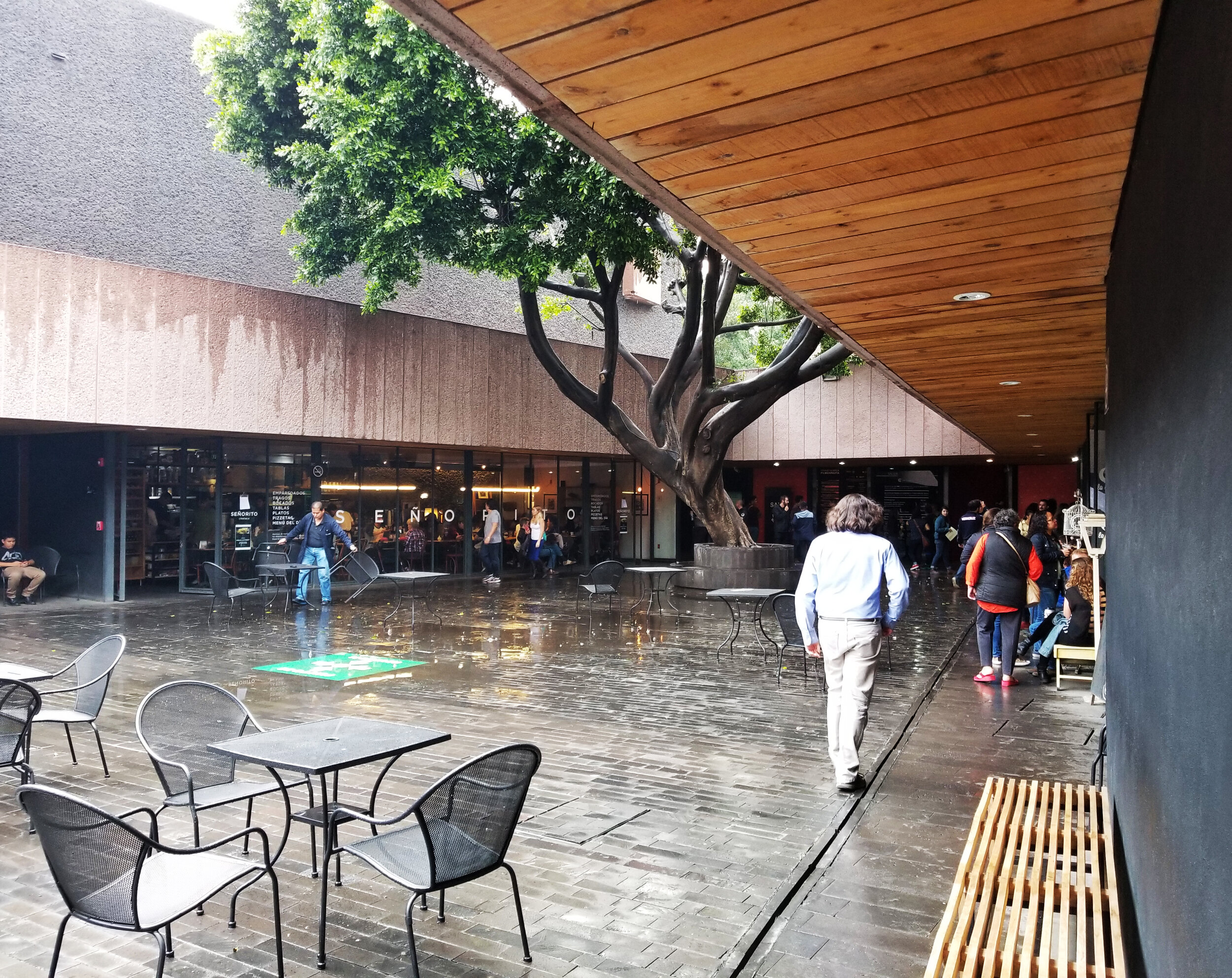
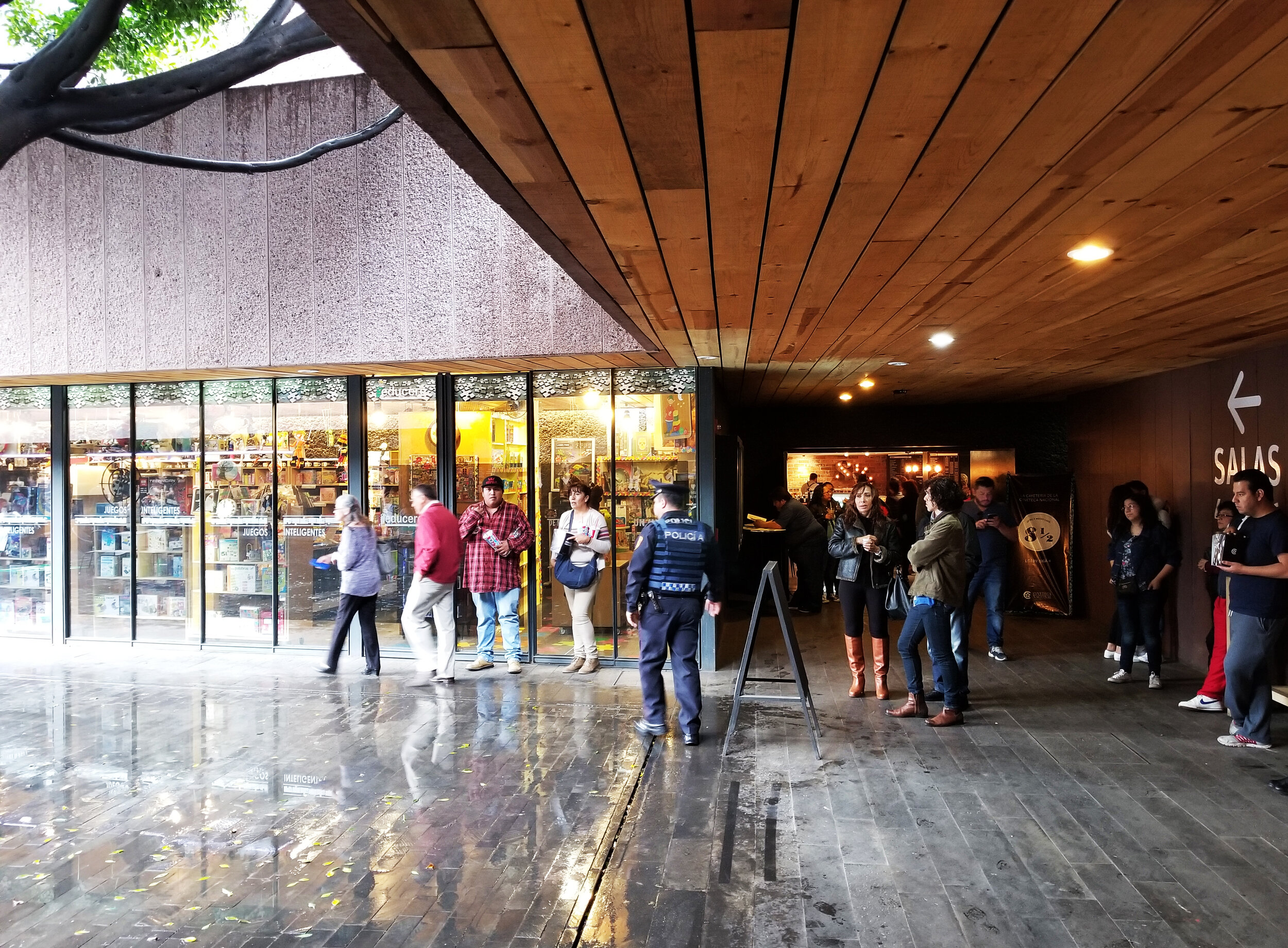
Joy
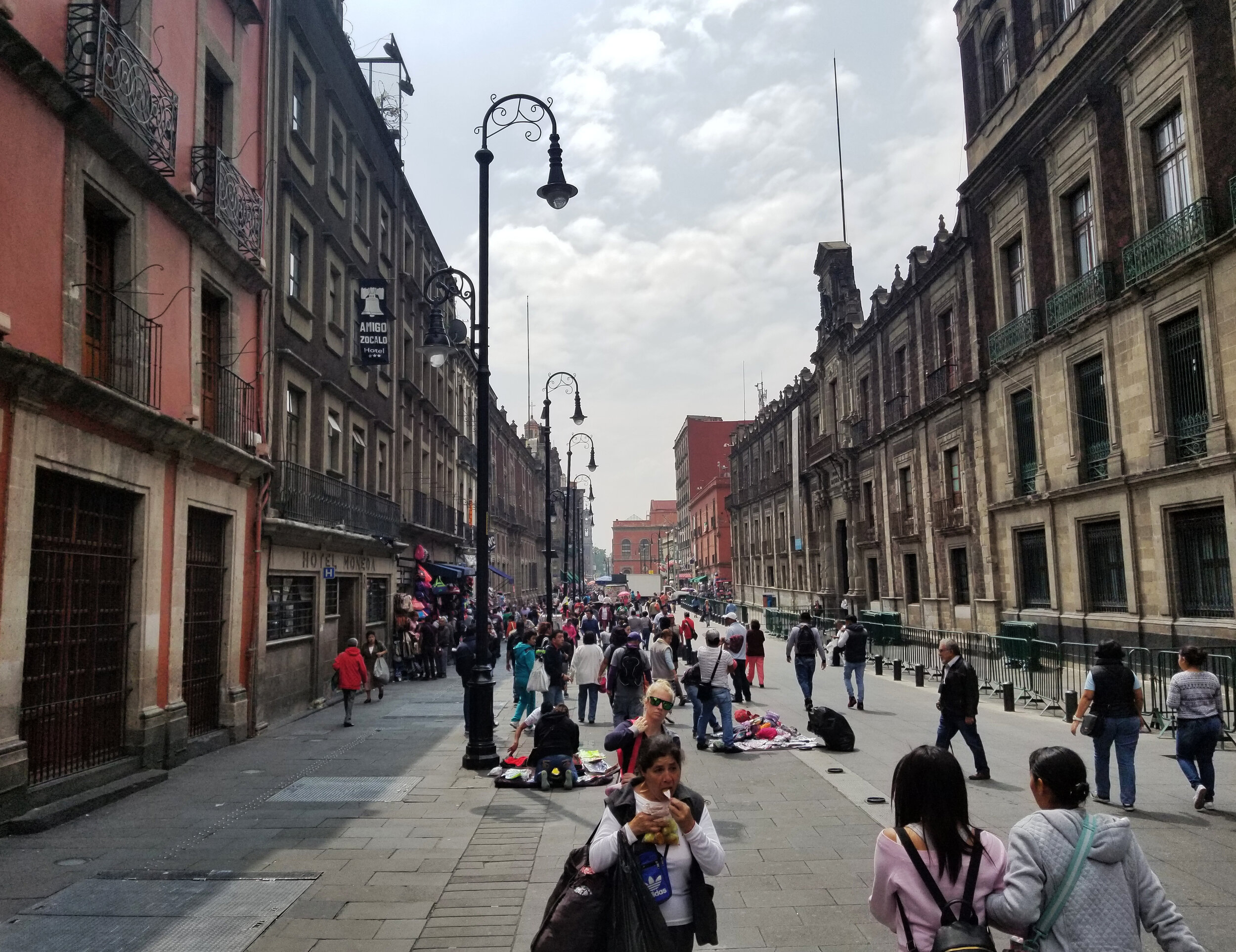
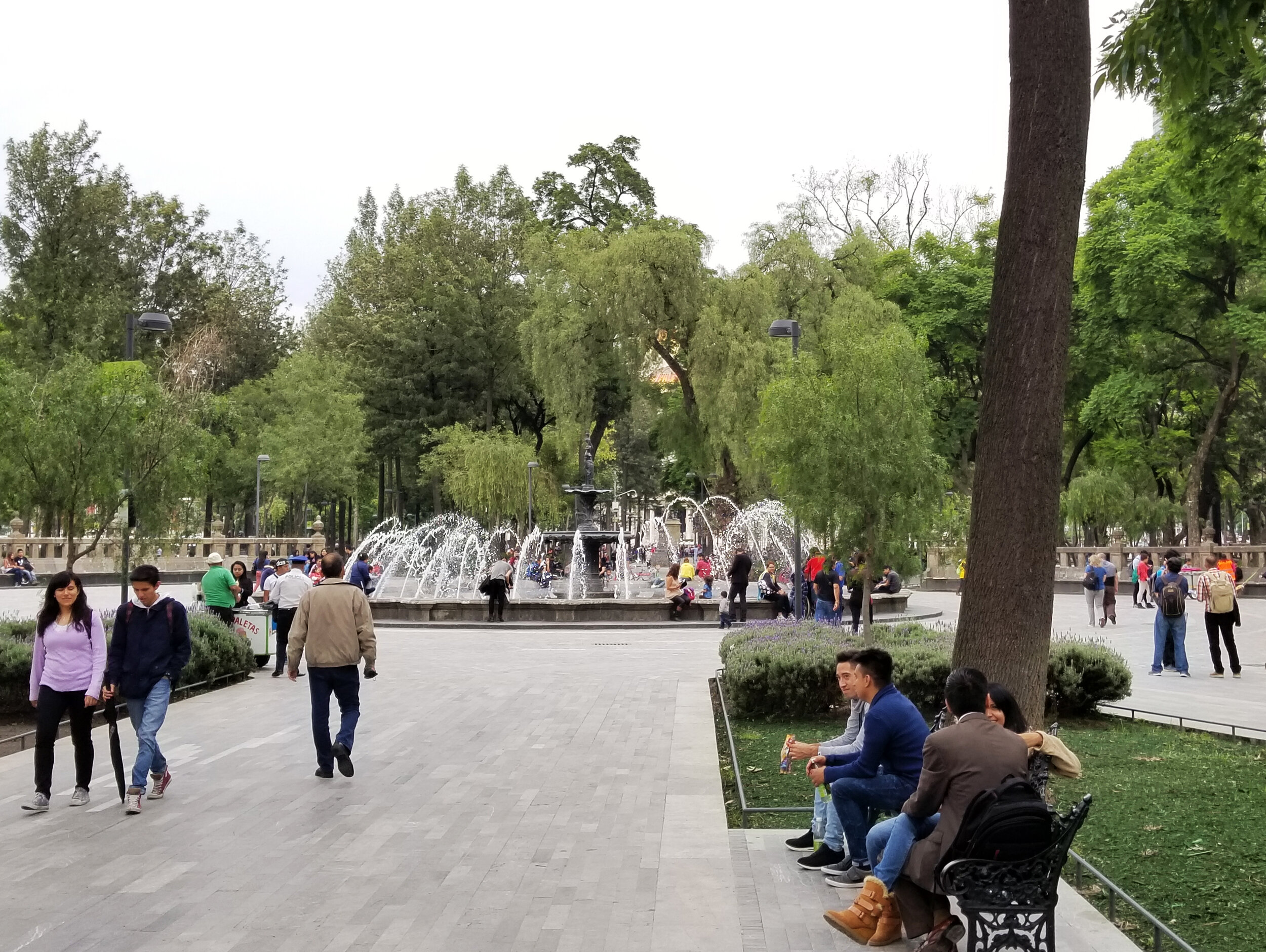
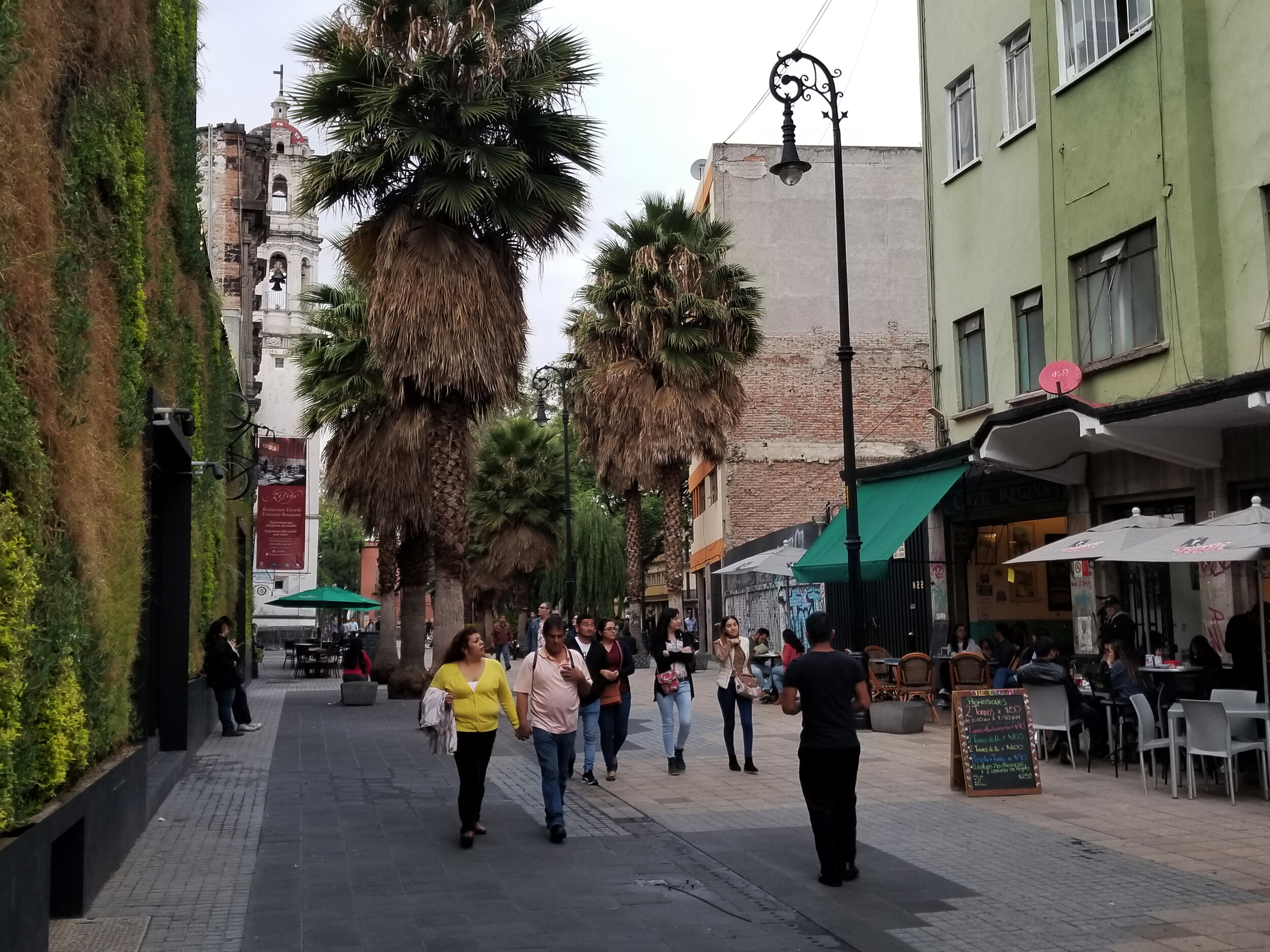
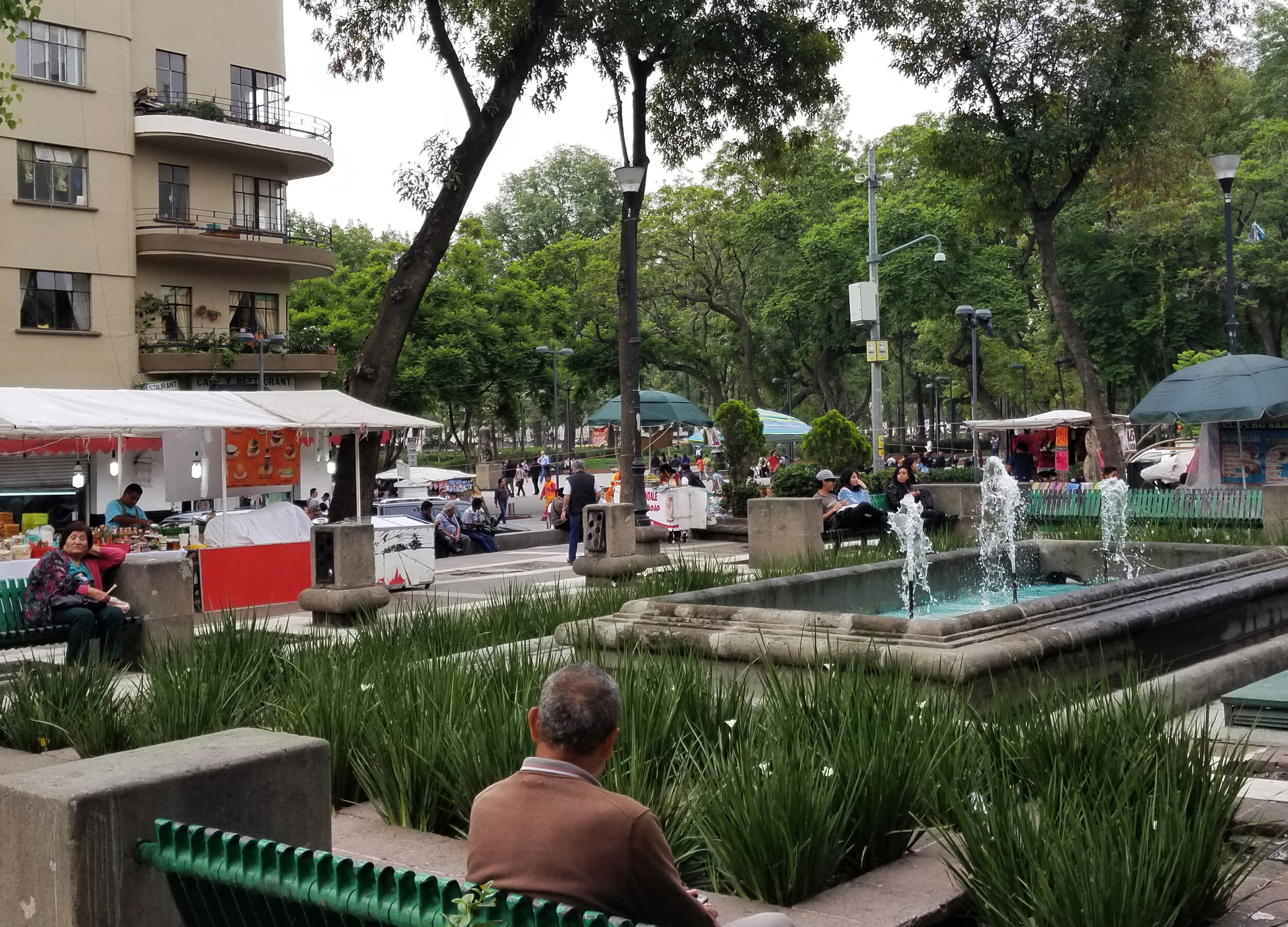
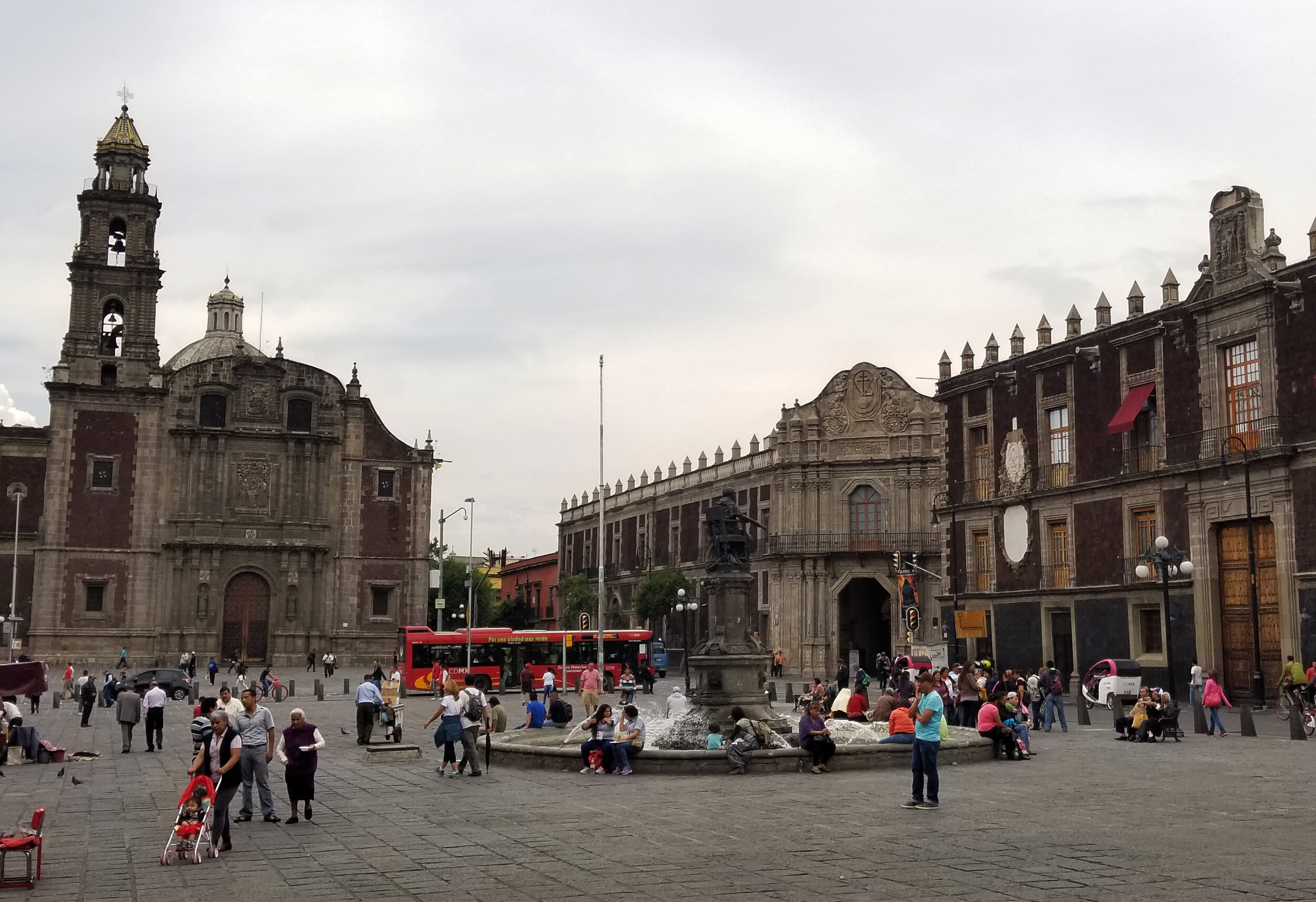
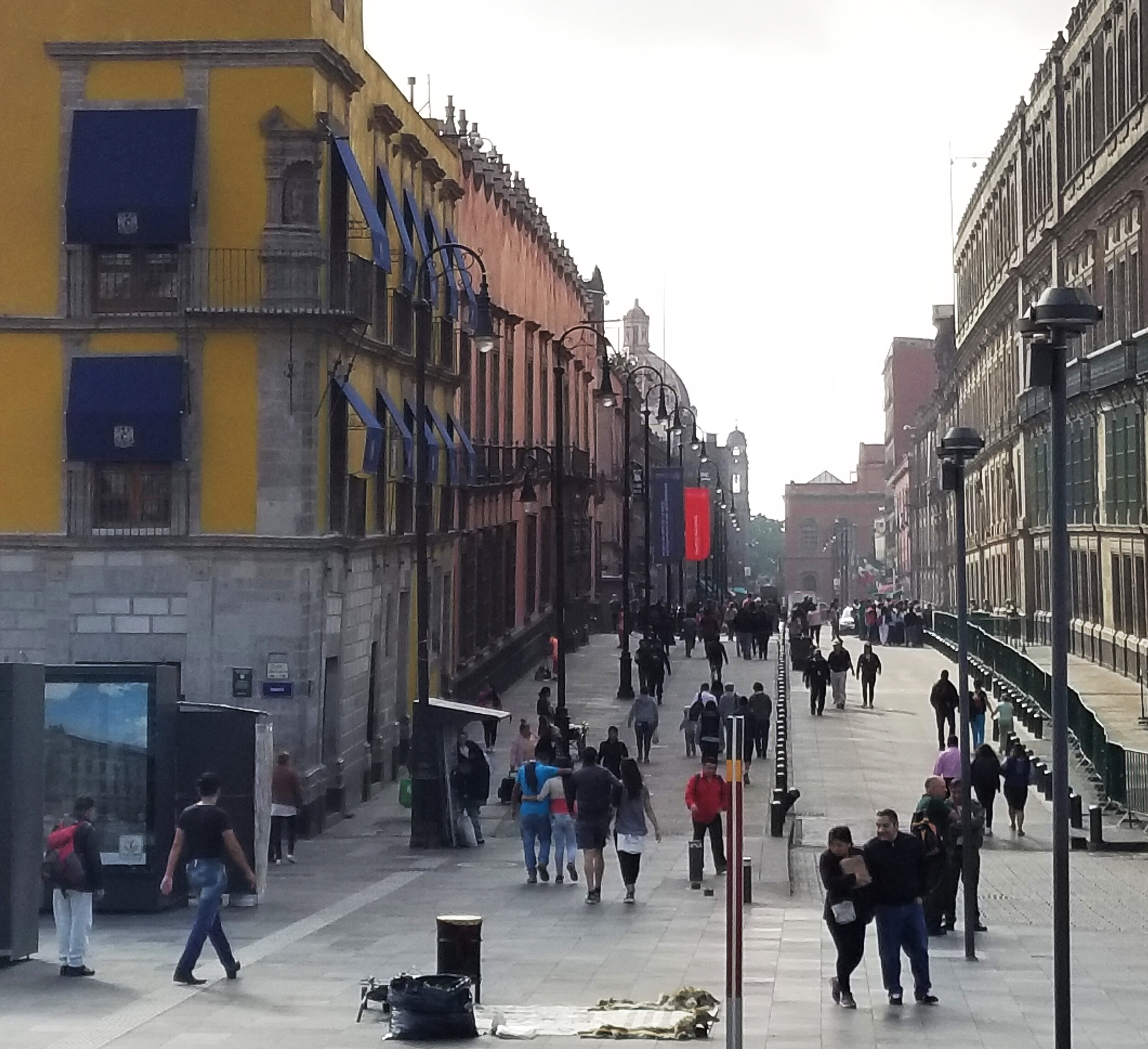
I walk everyday to be alive.
Further Reading
Engaging the Everyday: Environmental Social Criticism and the Resonance Dilemma, John M. Meyer. (2014)
Goethean Science as a Way to Read Landscape, Isis Brooks. (1998)
The Modernist City: An Anthropological Critique of Brasilia, James Holston. (1989)
The Practice of Everyday Life, Michel de Certeau. (1984)
Sidewalks: Conflict and Negotiation over Public Space, Anastasia Loukaitou-Sideris and Renia Ehrenfeucht (2012)
Situated Knowledges: The Science Question in Feminism and the Privilege of Partial Perspective, Donna Haraway (1988)
Society of the Spectacle, Guy Debord. (1967) Translation - Ken Knabb